Diving in Bali

Marine life, affordable training, diverse regions
Why Bali? It’s a rare mix of biodiversity, affordability, and convenience. Seven unique ecosystems lie within a few hours of each other. Expect 85% reef health in zones like Menjangan, $200 PADI courses, and world-class dives from sunrise wrecks to glowing night critters. Bali offers treasure-hunt diving, where every site holds surprises.
Types of diving in Lombok
- Drift Diving
- Reef Diving
- Ocean Diving
- Wall Diving
Ocean beauty and lava landscapes from bay to deep sea
Bali’s underwater realm offers six signature sites that showcase its staggering diversity. From historic wrecks to manta highways, each location delivers distinct thrills. Let’s explore these liquid playgrounds where marine encounters rewrite bucket lists daily.
1. USAT Liberty Wreck (Tulamben)
The 120-meter USAT Liberty Wreck sits between 5-30m depths, its rusting hull teeming with batfish clouds. Mild currents make this “Titanic of Bali” accessible to all certification levels. Night dives reveal sleeping parrotfish and hunting trevallies.
2. Manta Point (Nusa Penida)
At 8-12m depth, strong surges create a manta ray carwash. These winged giants glide through cleaning stations as wrasse remove parasites. Pro tip: Maintain neutral buoyancy, crashing into the reef spooks these gentle filter feeders.
3. Crystal Bay (Nusa Penida)
This 15-40m basin earns its name from visibility exceeding 30m. July-October brings mola mola surfacing like alien spacecraft. Beware unpredictable downcurrents, local guides expertly navigate these vertical rivers.
4. Eel Garden (Menjangan Island)
Menjangan’s psychedelic walls drop to 50m, home to garden eels dancing in sandy patches. Calm conditions suit macro enthusiasts hunting for Chromodoris nudibranchs. The site’s protected status ensures wonderful coral coverage.
5. Secret Bay (Gilimanuk)
Shallow 3-10m depths hide bizarre critters. Frogfish mimicking sponges and skeleton shrimp smaller than rice grains. Bring a magnifying glass, chilly 22°C waters reward patience with Pemuteran Bay’s tiniest residents.
6. Gili Selang (Candidasa)
Advanced divers chase hammerheads in 18-35m blue water. Intense drifts demand reef hook, but the payoff includes occasional thresher sharks. Currents peak during tidal changes near full moon phases.
Volcano views and rich sea life from bays to reef walls

Beautiful underwater scenery, including black sand slopes, coral walls, and hidden creatures, was formed by Bali’s volcanic history. See the “Big 5” of Bali: bumphead parrotfish, pygmy seahorses, sunfish, mantas, and ghost pipefish. More than 120 nudibranch species can be found at dive sites like Tulamben. Conditions in Bali range from serene Menjangan to untamed Nusa Penida; experienced divers may anticipate exciting drifts, excellent visibility during the dry season, and water temperatures between 26 and 29°C.
Epic currents and advanced drift dives near volcanic pinnacles
Where the Lombok Strait collides with the Bali Sea, Gili Biaha emerges as a battleground for divers seeking raw oceanic power. This volcanic pinnacle near Candidasa serves up Bali’s most electrifying drift dives, where swirling currents sculpt an ever-changing underwater theater.
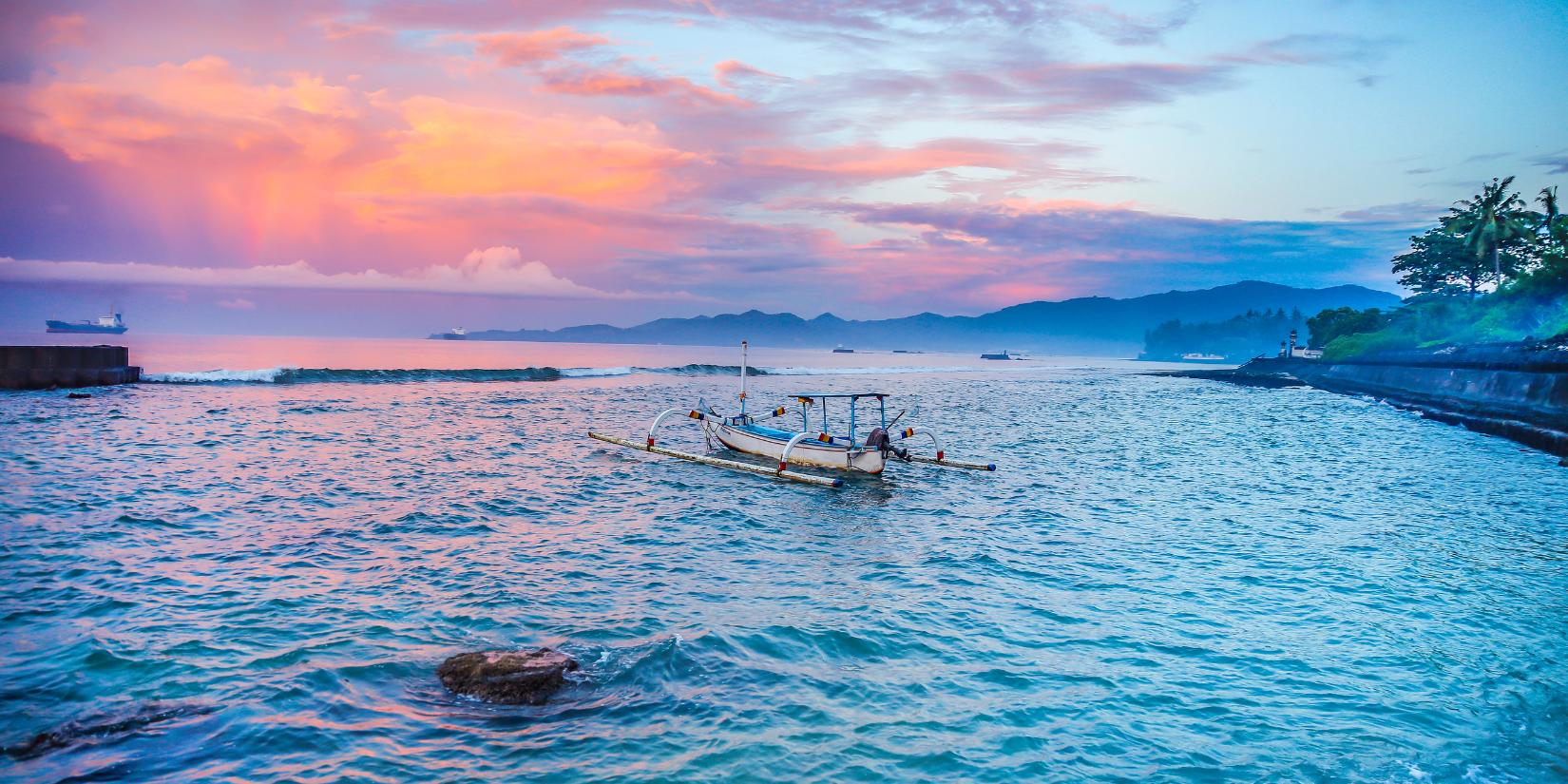
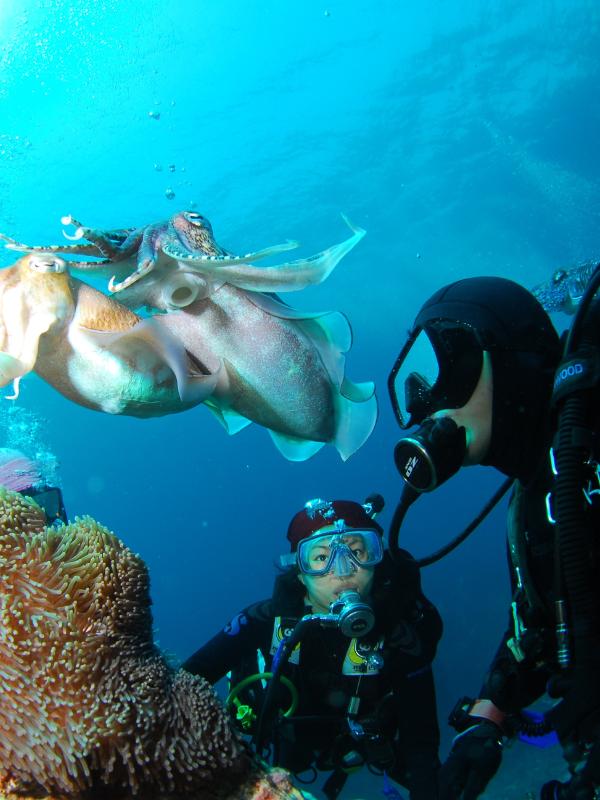
Dive Site
Gili Biaha delivers an adrenaline-pumping dive with its “washing machine” currents that funnel nutrients and attract over 50 eagle rays gliding in formation. With an 88% chance of shark sightings and pygmy seahorses clinging to sea fans, it’s a site for the experienced. A 2-km drift, 28°C waters, and reef hooks are essential. Pair it with Mimpang or Tepekong for Candidasa’s thrilling dive triangle.
Types of dives:
- Reef
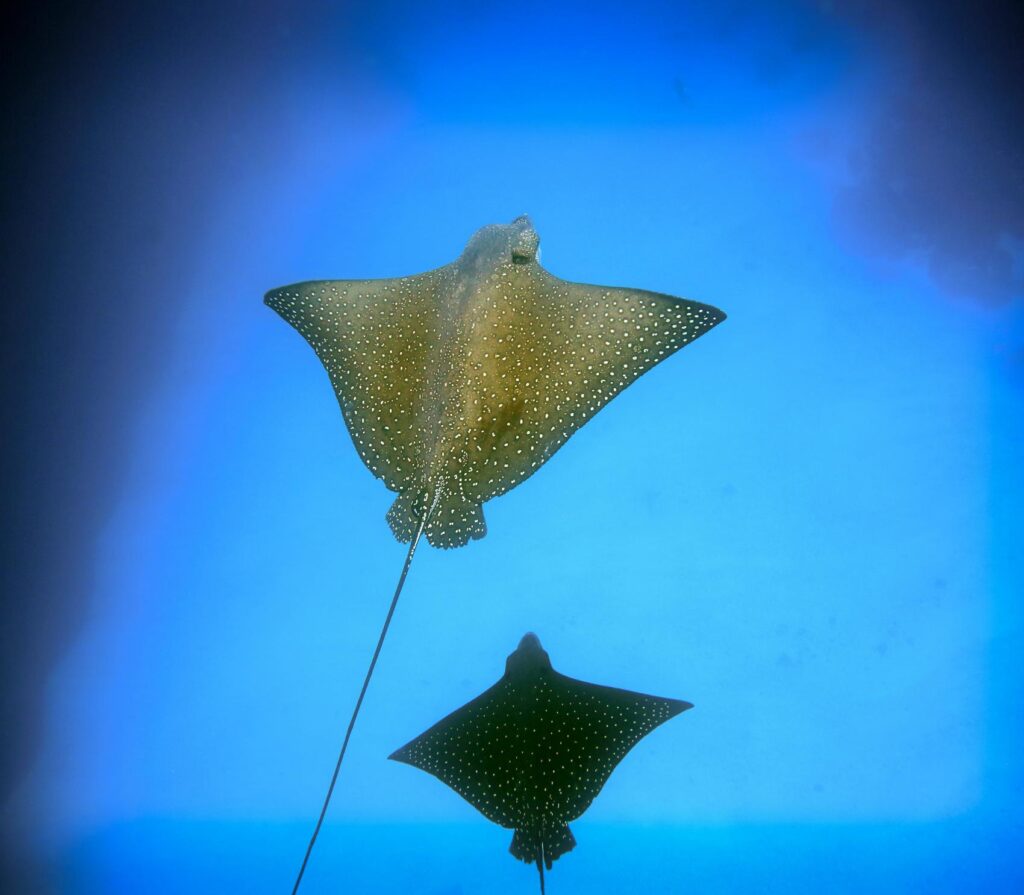
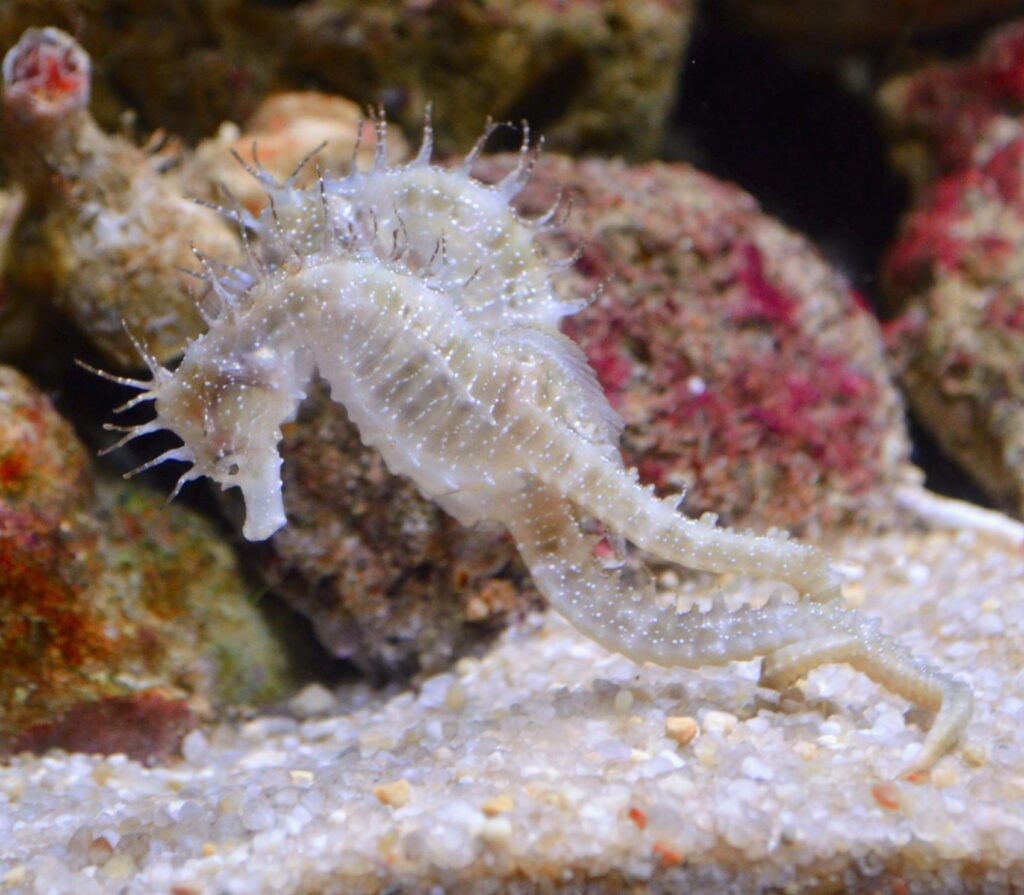
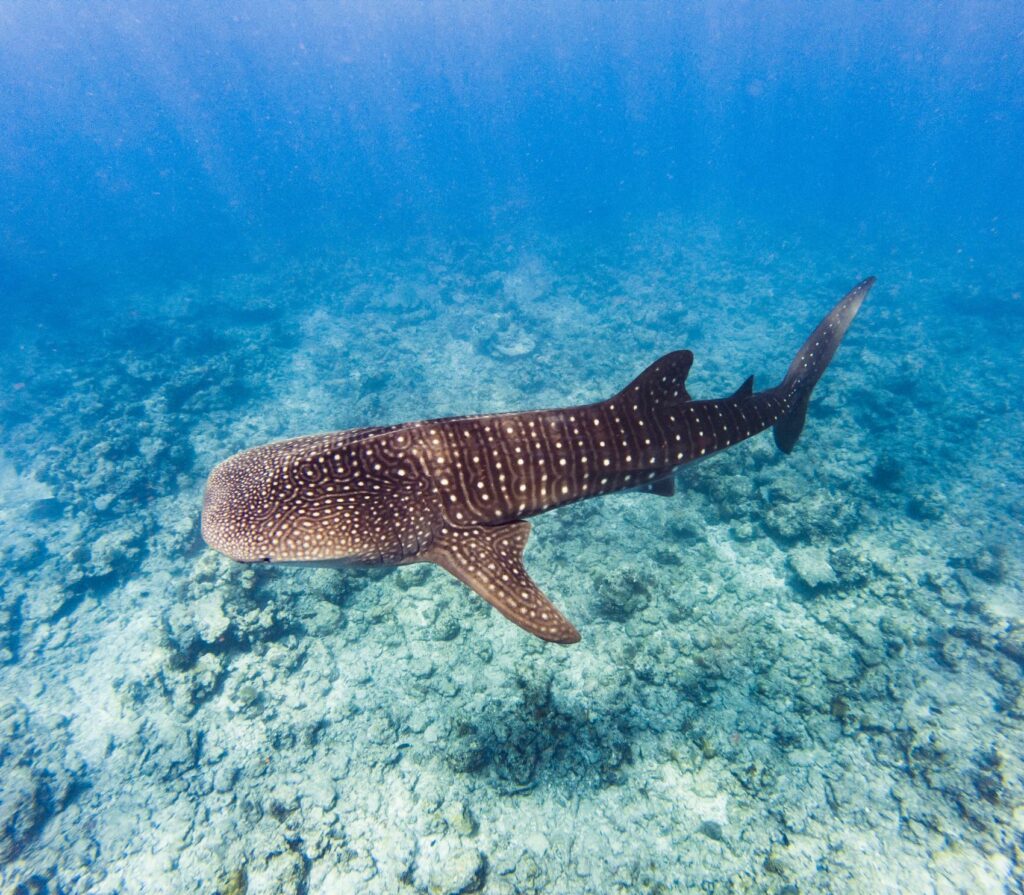
Thermoclines, lava tubes, and thrilling currents for advanced exploration
For experienced divers, Gili Tepekong is a must because of the currents, which can reach 3 to 5 knots. The “Cathedral,” its focal point, is a 34-meter-deep submerged lava tube. Experience thermocline shifts at 18 meters while diving under basalt archways. Melibe nudibranchs cling to reefs while mobula rays glide by. With a guide ratio of 1:4, safety is crucial. For 12m visibility, dive during slack tides. For extra more excitement, try Biaha Crack.
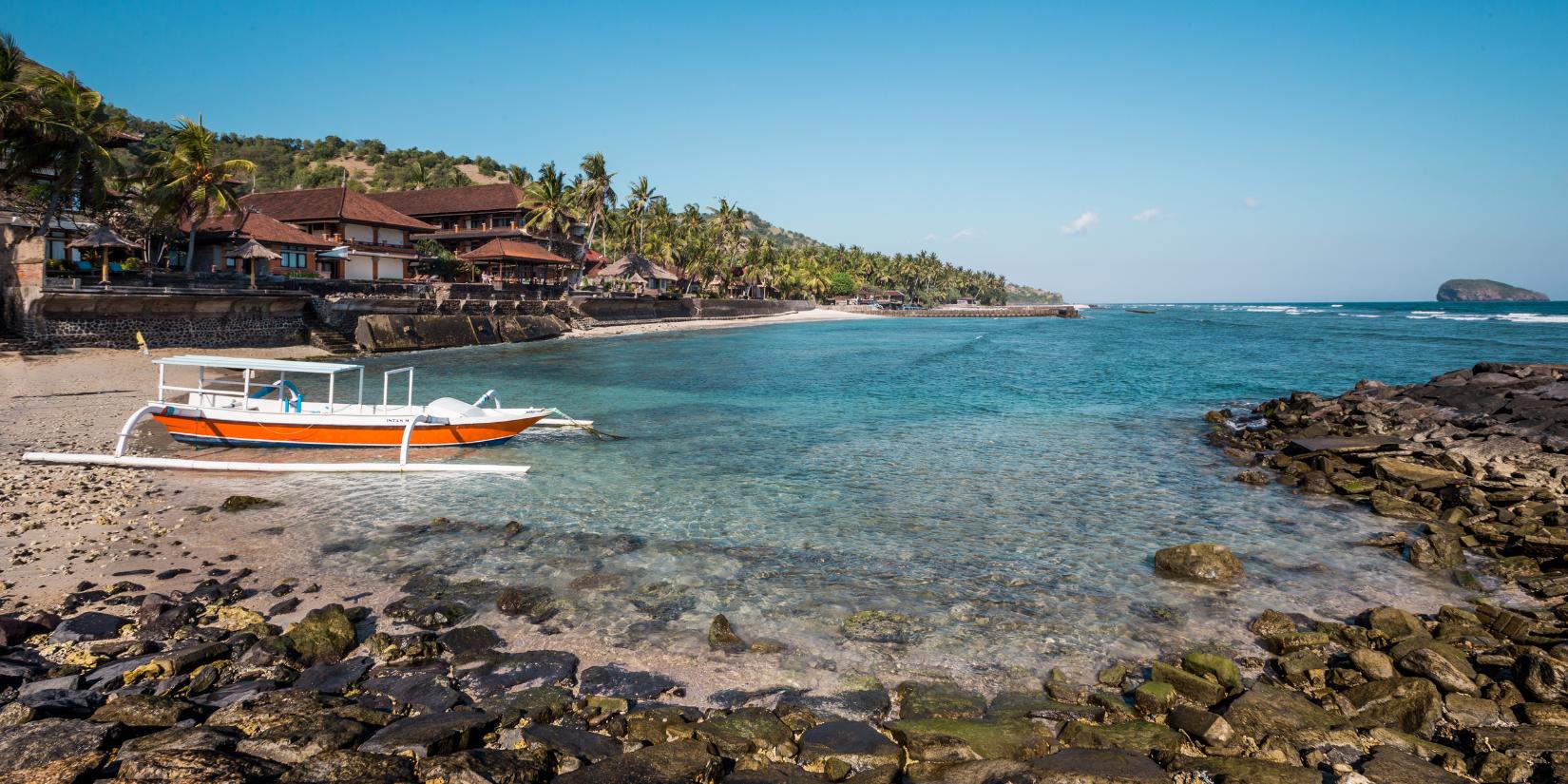
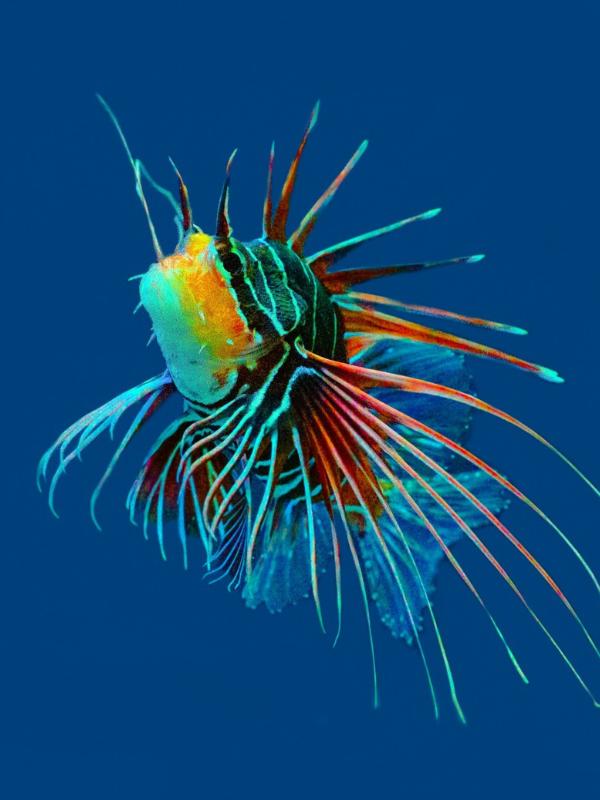
Dive Site
Gili Tepekong’s highlight is the “Cathedral,” a lava tube descending to 34 meters, where filtered light meets sharp thermoclines at 18 meters, dropping to 24°C and drawing in marine life. Mobula rays and Melibe nudibranchs are common sights. Strong currents and 1:4 guide ratios demand advanced skills. Nearby, Biaha Crack adds thrilling depth, forming part of Candidasa’s elite dive triangle for seasoned divers.
Types of dives:
- Reef
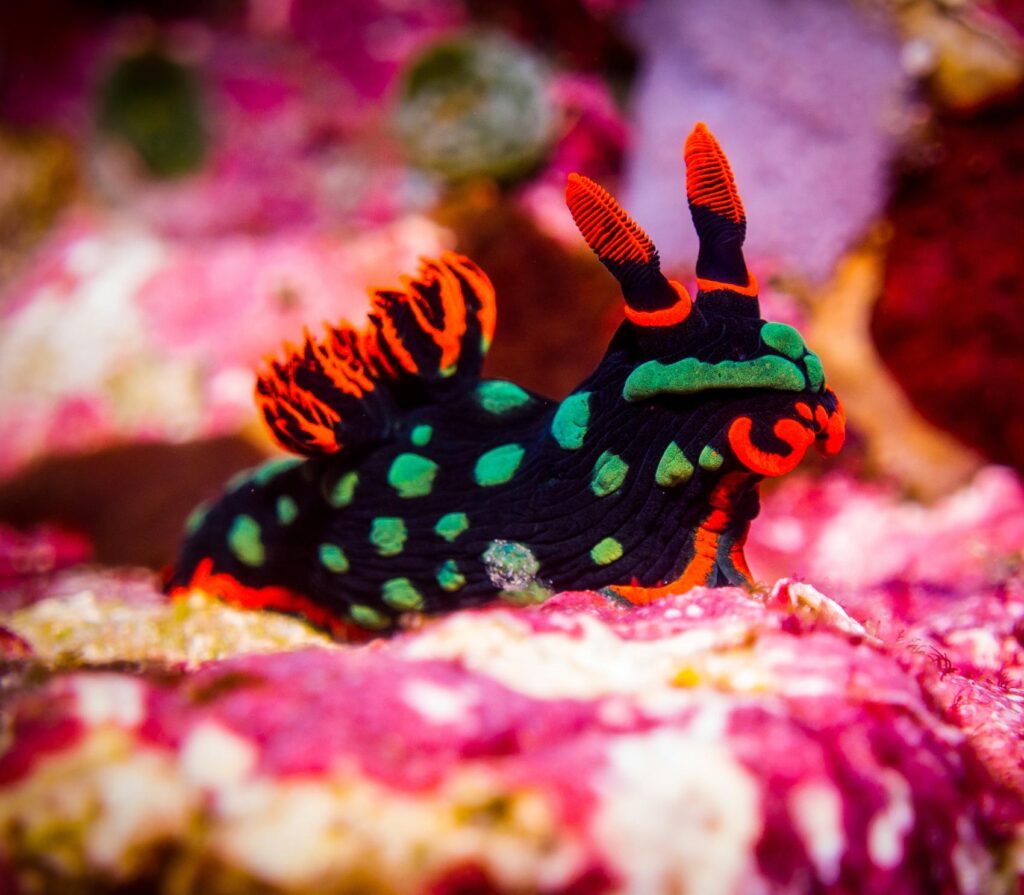
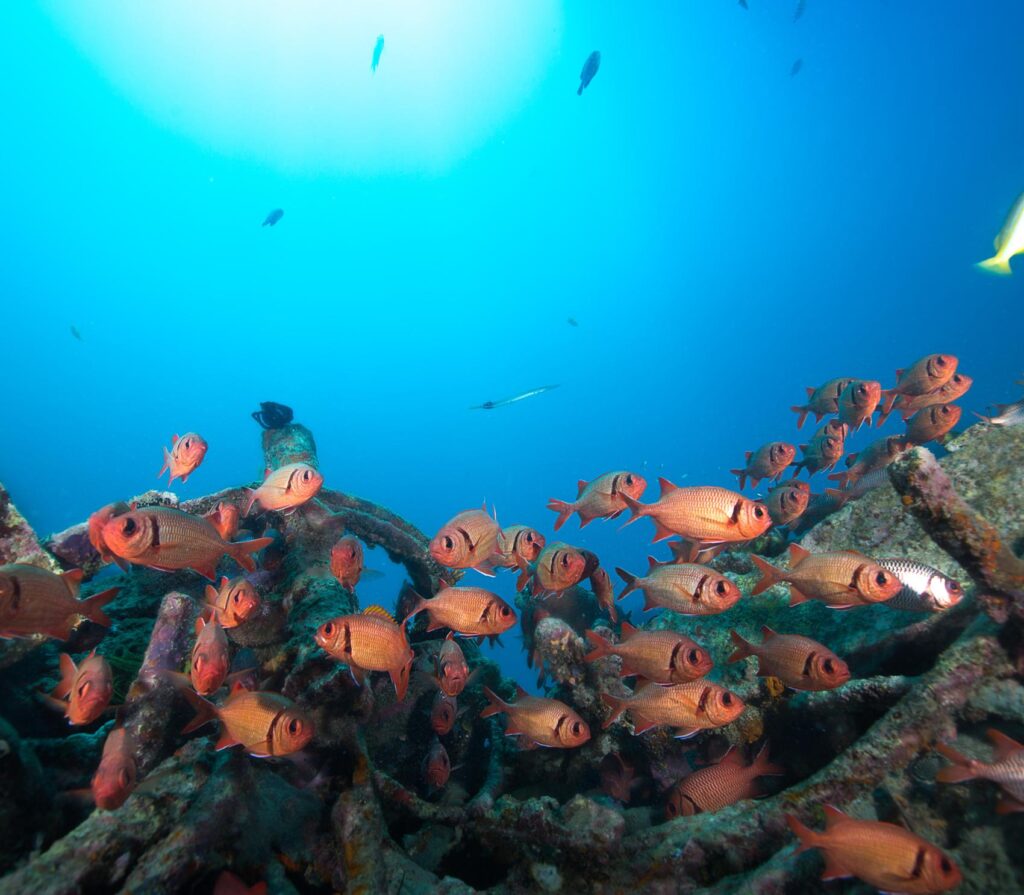
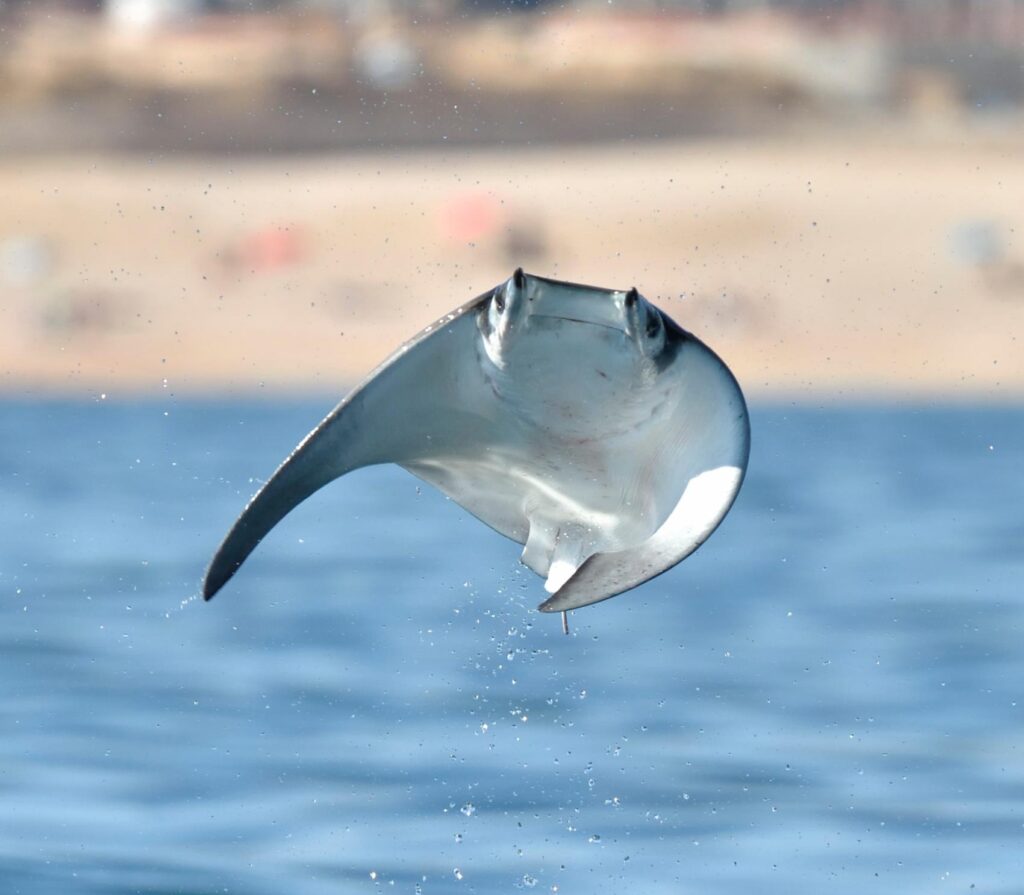
Shark sightings and coral canyons in fast-moving water
Amuk Bay’s Gili Mimpang is a volcanic ridge that is well-known for its whitetip reef sharks, jackfish baitballs, and swift drifts. Coral canyons test your control, and occasionally manta rays glide by. Below 18 meters, the water drops to 24°C—3mm wetsuits are necessary. May through November is the best time to dive. For the ideal combination of sensitive reef life and pelagic action, pair it with Amed.
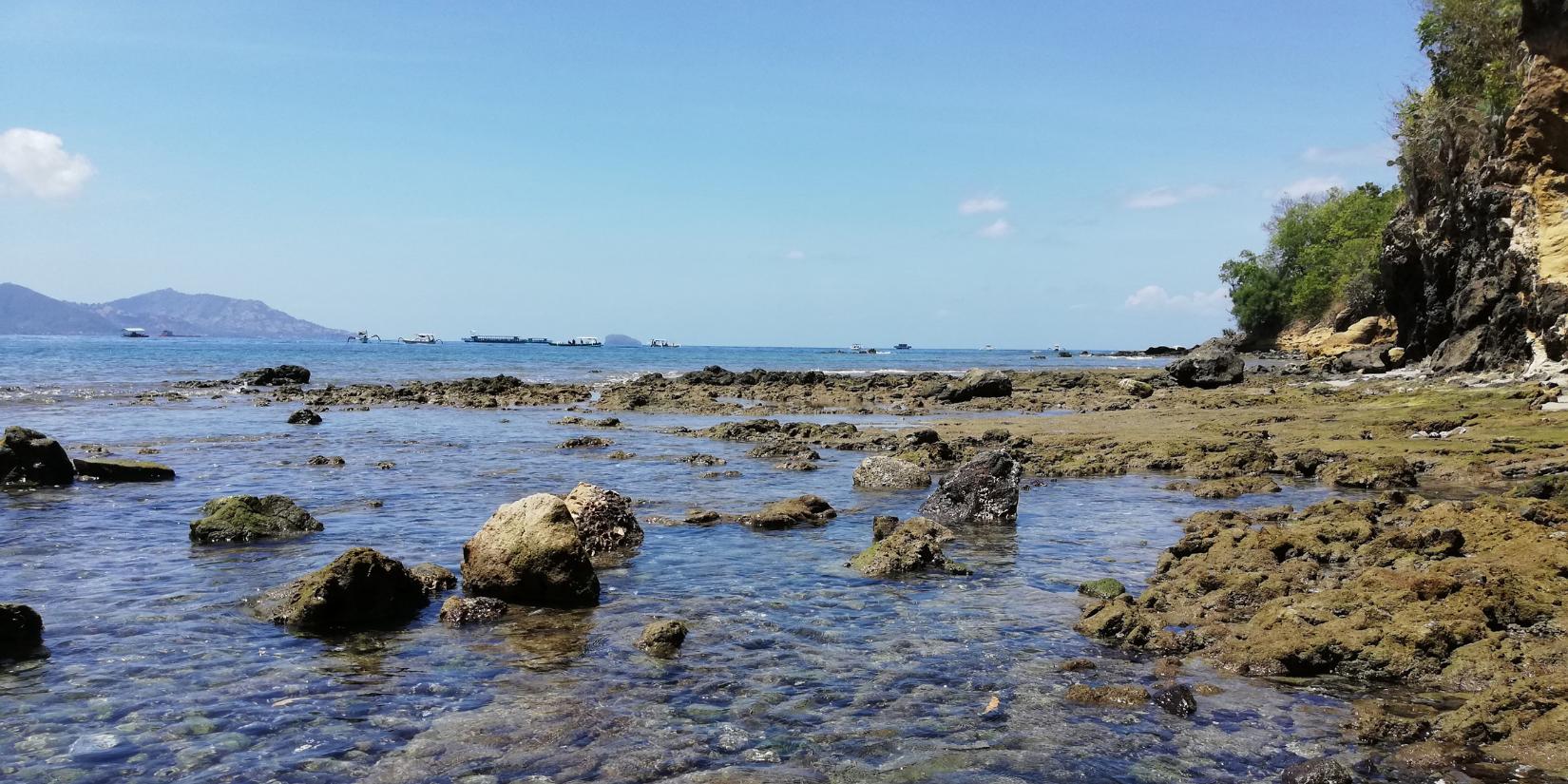
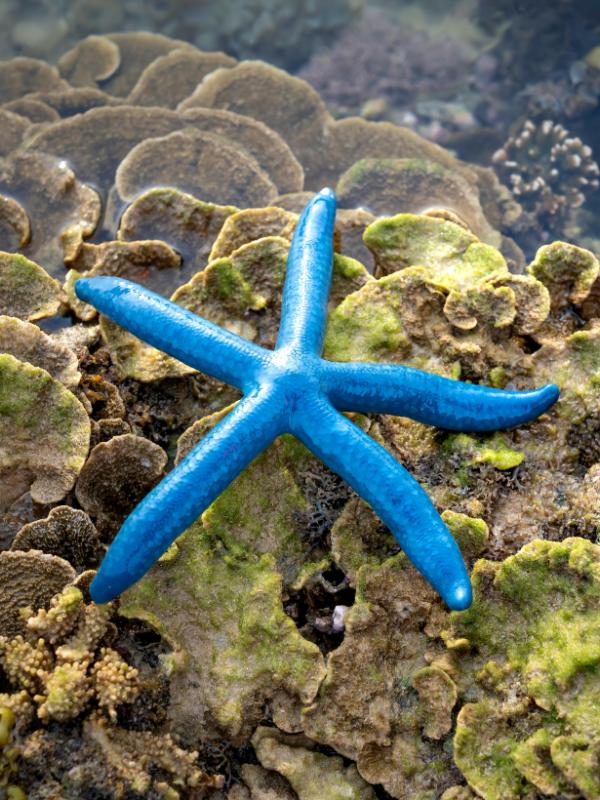
Dive Site
Gili Mimpang offers thrilling drift dives through coral canyons, where jackfish swirl near the base and sightings of reef sharks and manta rays are common. From May to November, visibility is excellent, though below 18 meters, temperatures drop to 24°C, making a 3mm wetsuit essential. Ideal for advanced divers, this site pairs well with Amed’s rich reefs, blending big fish encounters with vibrant coral life.
Types of dives:
- Reef
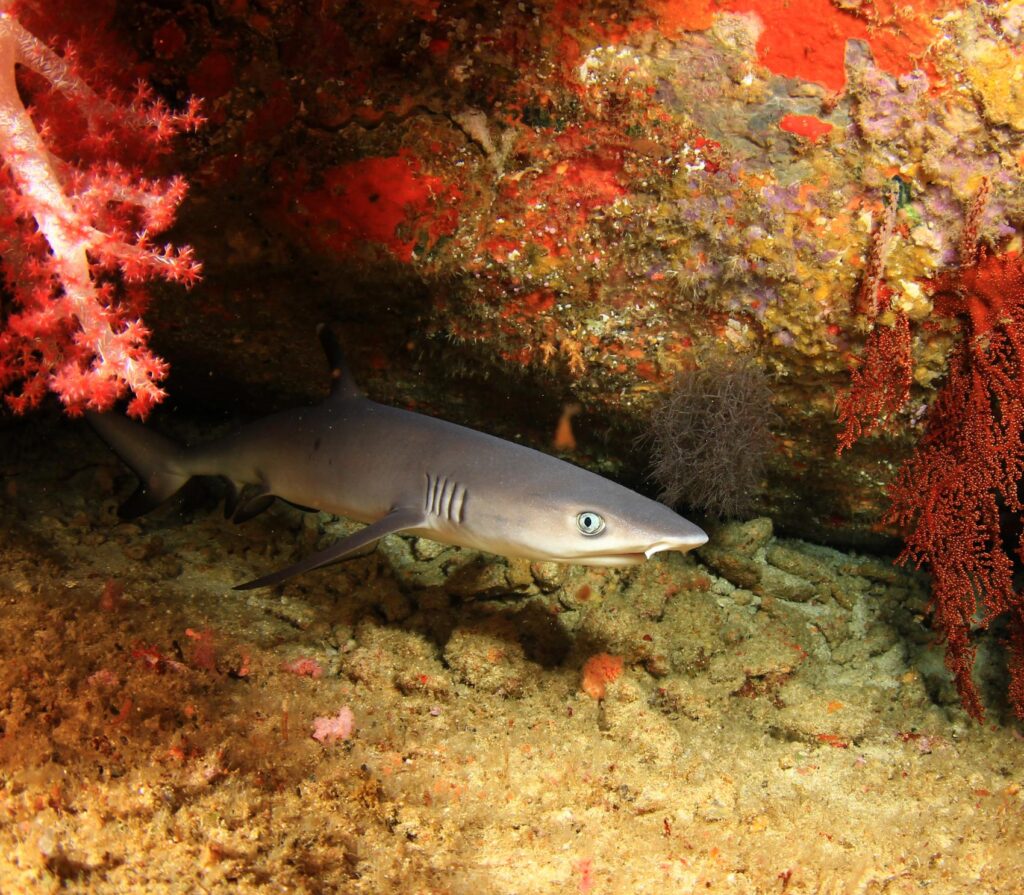
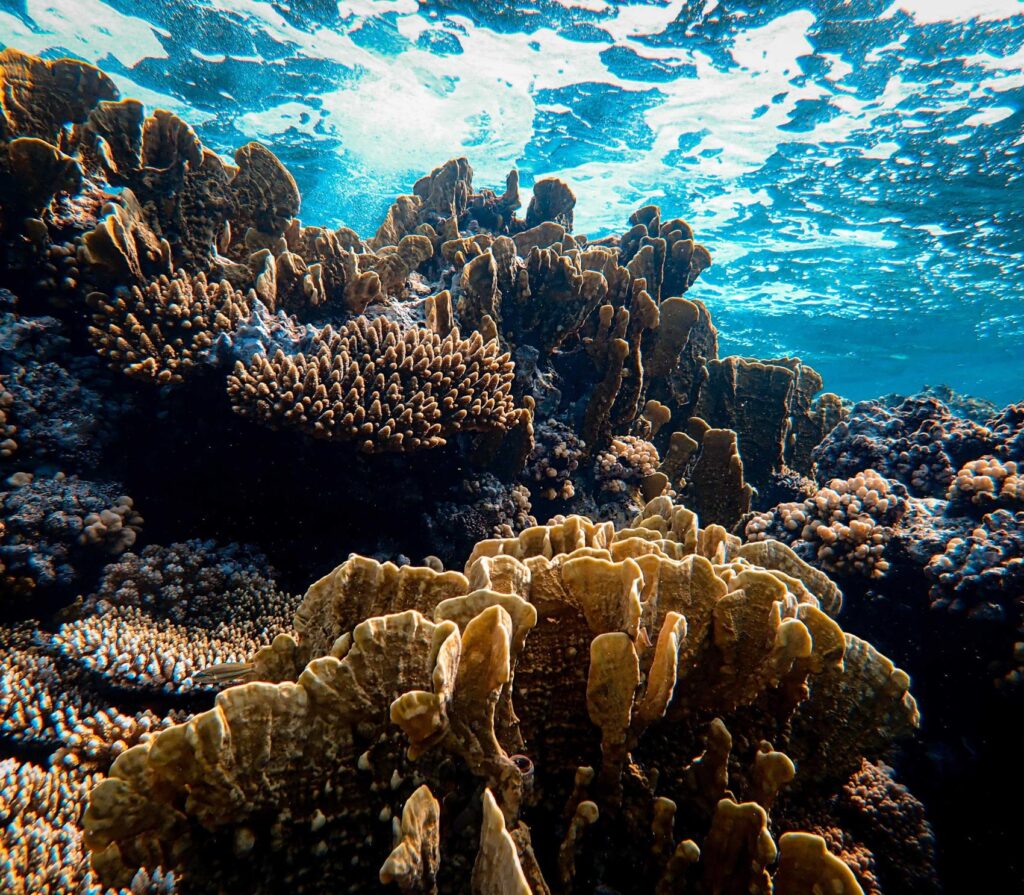
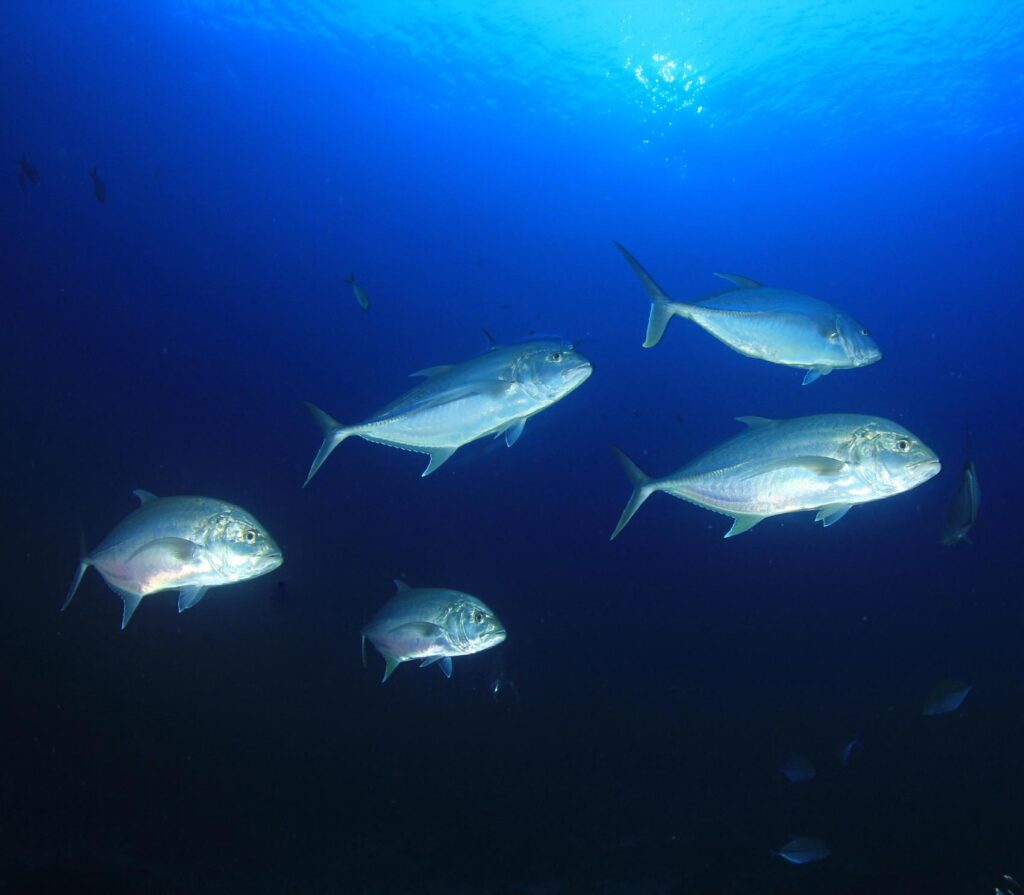
Night dives with turtles, bioluminescence, and octopus hunts
Under the moonlight, Padangbai’s serene bay, Baong Penyu, transforms into a stage for turtle ballets. See whitetip sharks hunting, bioluminescent sand bursts, and nesting greens (May–September) at a depth of 18 meters. Octopuses ambush their prey by using light tricks. easy for beginners, with water at 28°C. For magic, dive during a first-quarter moon, and then relive the radiance by sipping jamu kunyit at nearby warungs.
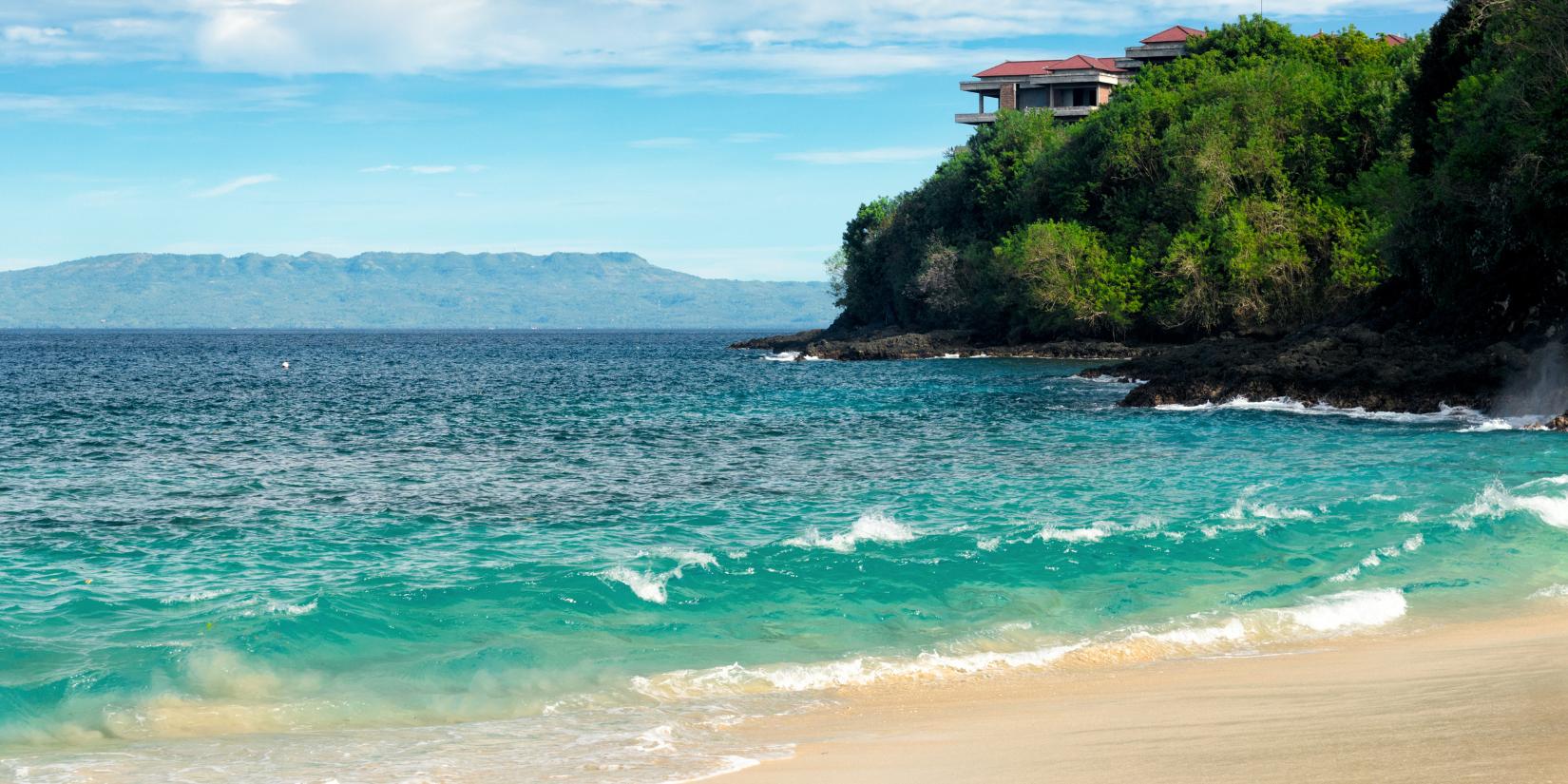
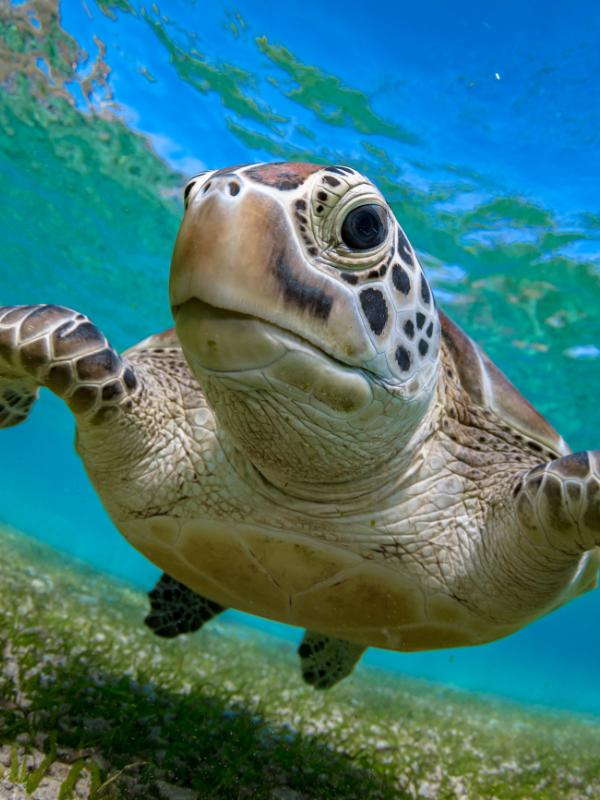
Dive Site
Step into 28°C waters at Baong Penyu, where green turtles graze and whitetip sharks patrol the 18m depths. At night, octopuses flash lights to confuse prey, and bioluminescence dances in sandy patches. From May to September, turtle sightings are nearly guaranteed. This beginner-friendly Bali dive spot shines brightest during first-quarter moons. After surfacing, sip jamu kunyit at local warungs and relive your underwater adventure.
- Reef
- Ocean
Wall

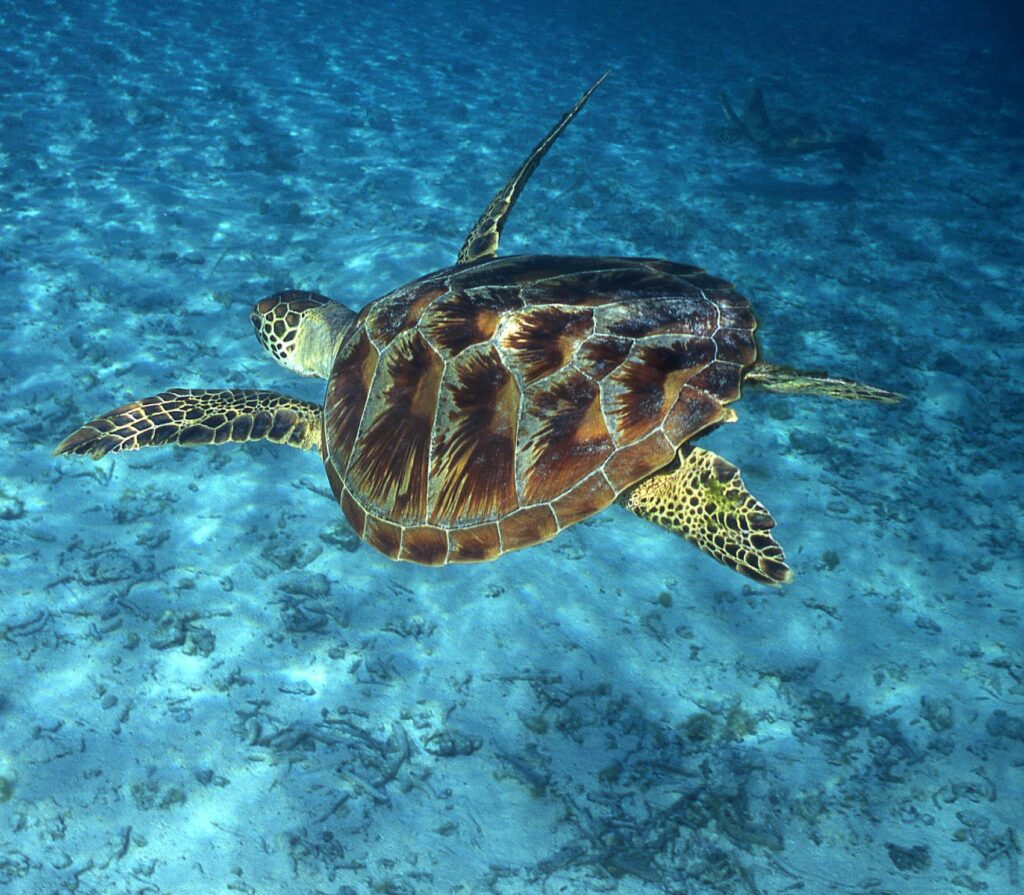
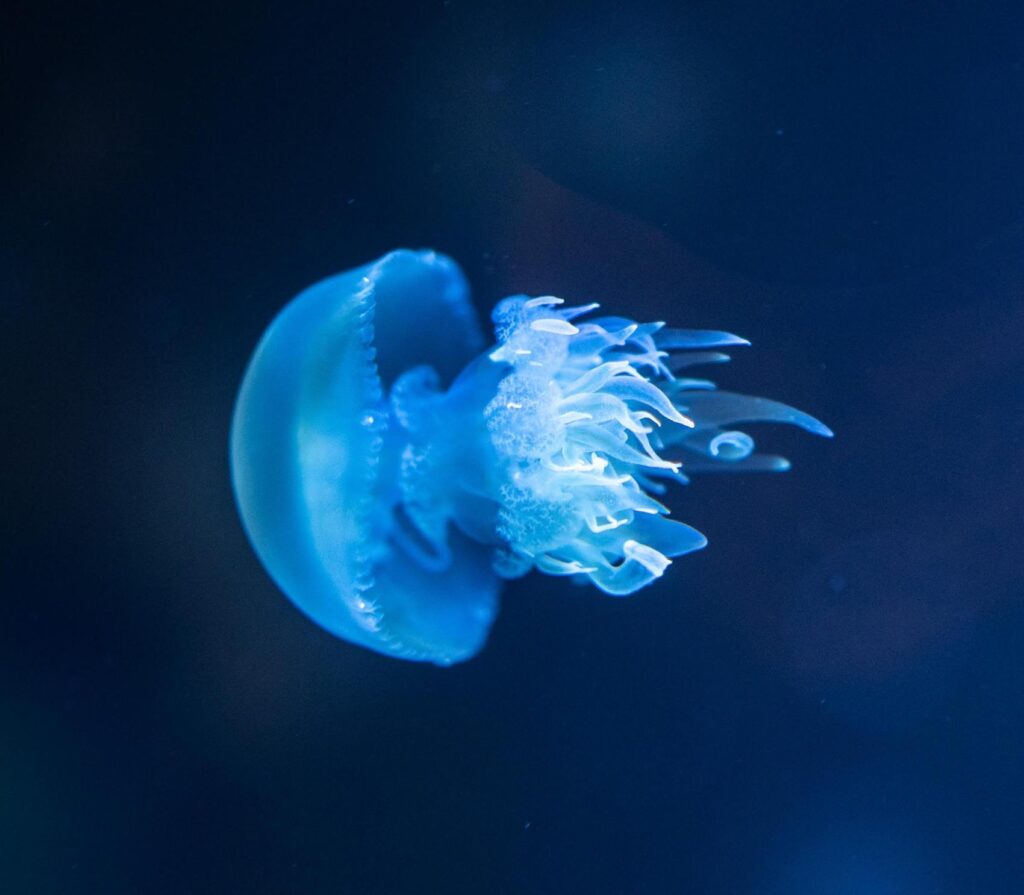
Beginner-friendly reef dives and skills training in calm bays
Bali’s preferred dive school is Blue Lagoon. It’s ideal for learning buoyancy and skills because of the calm waters and sloping reefs. As you train, glide past angelfish, garden eels, and Acropora corals. The reef is illuminated by golden lights from afternoon dives. Try your abilities at the neighboring Japanese wreck after your course. It’s the perfect starting point for Bali’s more sophisticated underwater explorations.
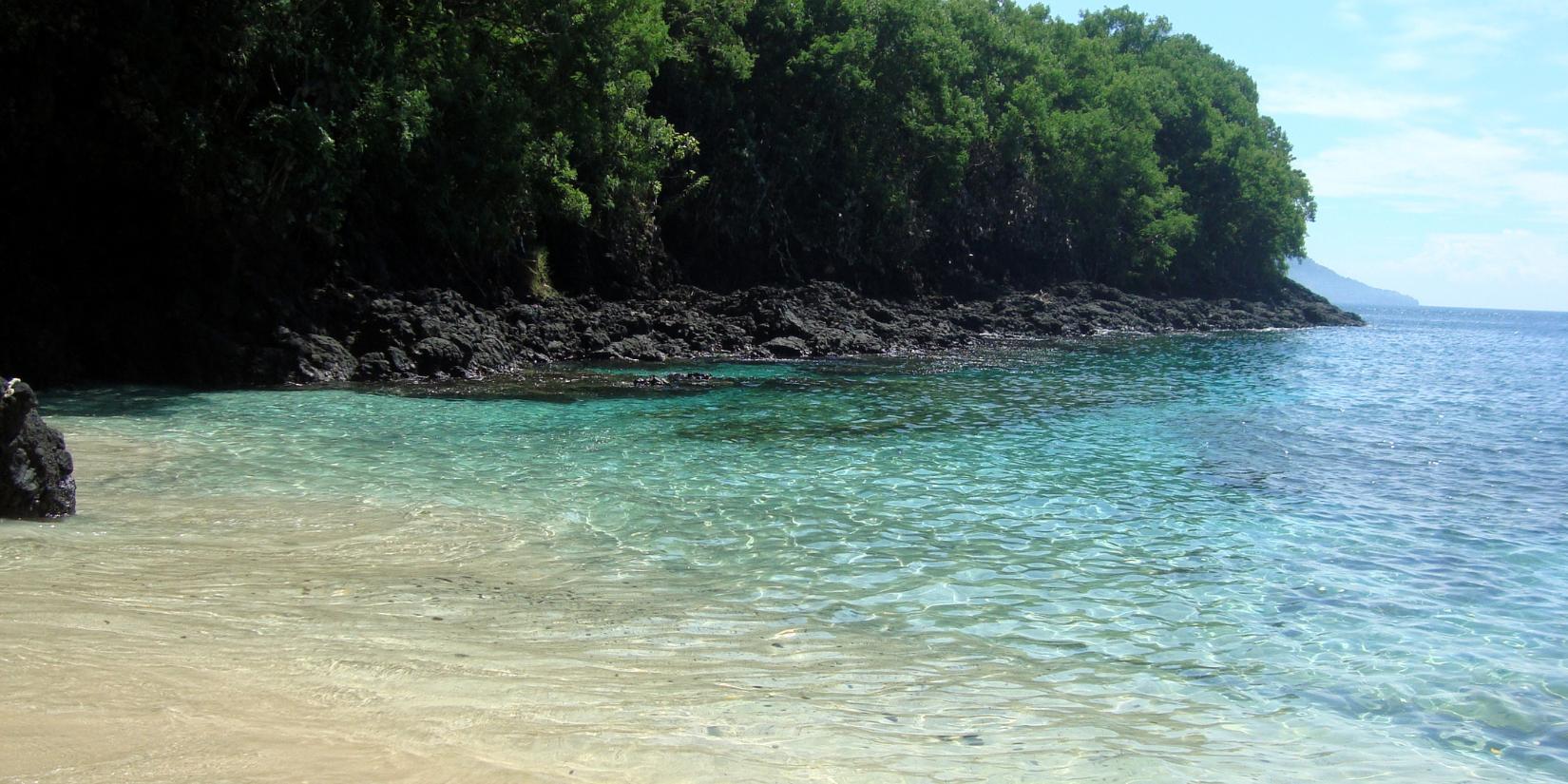
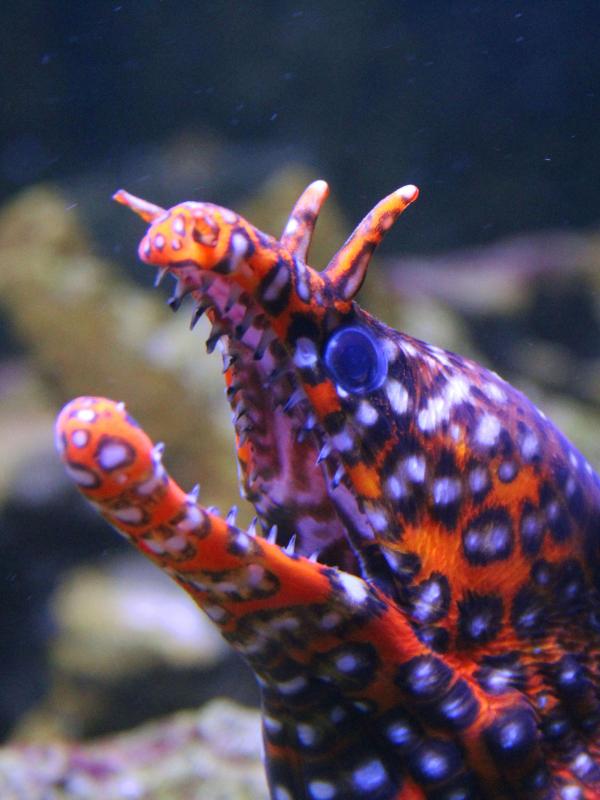
Dive Sites
This Bali dive site is a favorite for its garden eel colonies swaying like underwater wheat fields and acropora coral full of angelfish, butterflyfish, and reef sharks. The gentle slope makes it perfect for training dives. After your course, explore the nearby Japanese Wreck at 30m, home to lionfish and trevallies. Dive in the afternoon for dramatic light rays, and consider day trips to Amed or Tulamben to expand your skills.
Types of dives:
- Reef
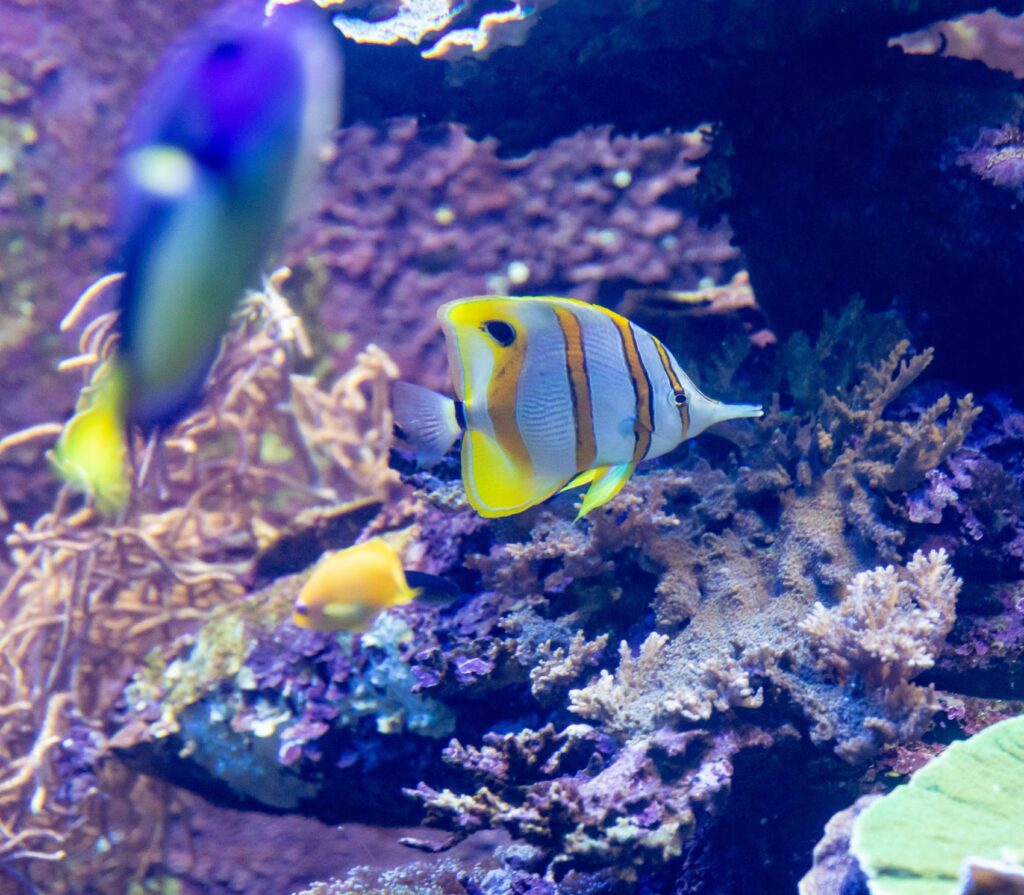
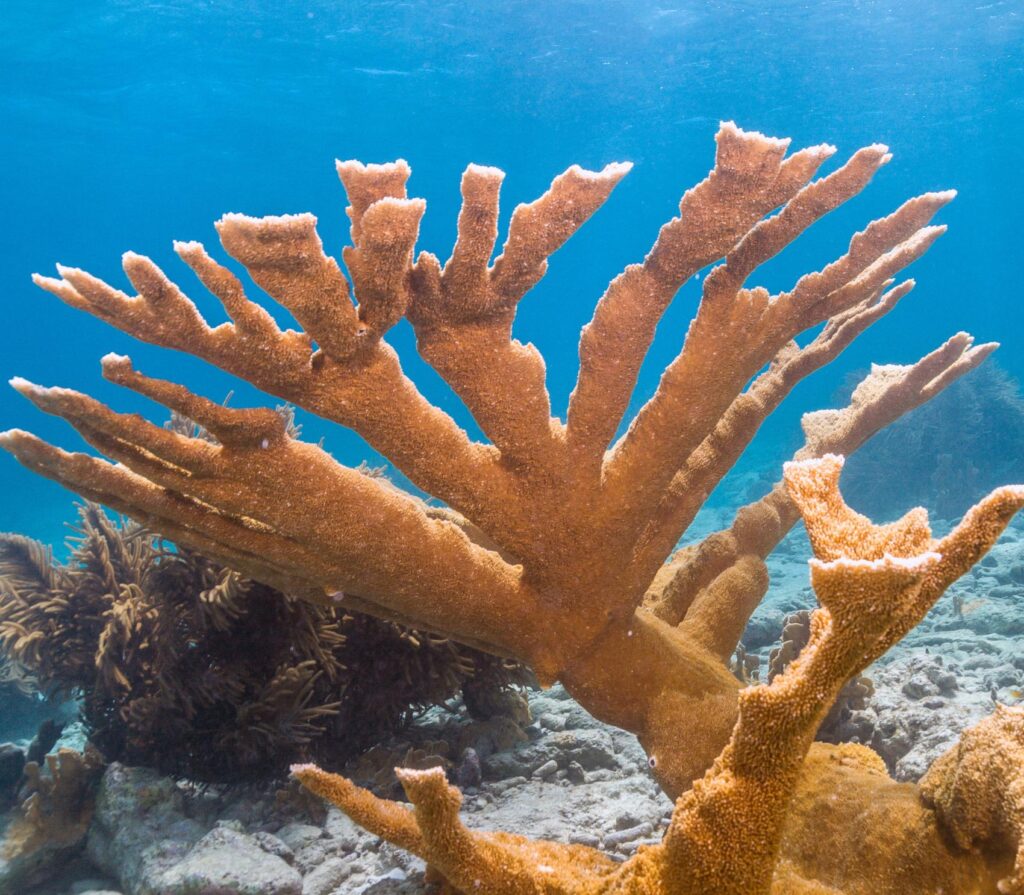
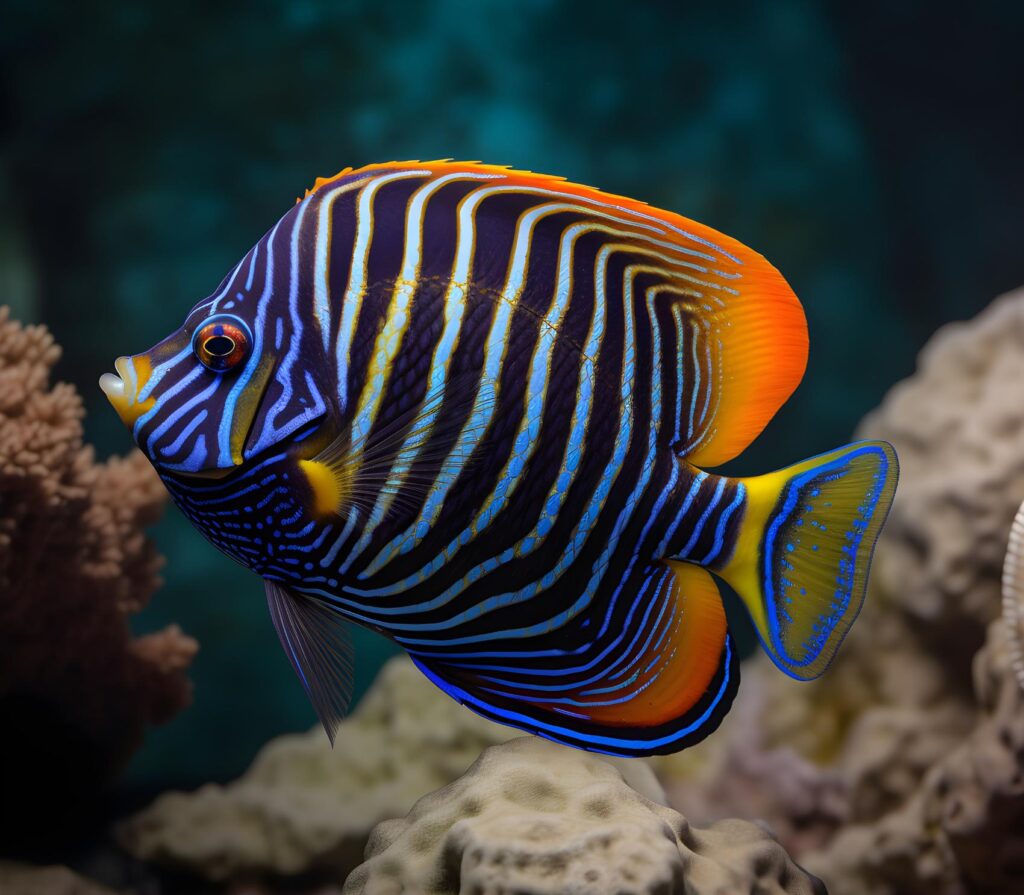
Muck diving and coral restoration in easy-to-access waters
Bali’s serene coastlines are transformed into macro wonders by Dog Point Sanur. Blue-ringed and mimic octopuses can be seen hidden in plain sight. Nowadays, 60% of the site is covered with coral nurseries, which allow divers to plant coral, record growth, and participate in eco-dives. Ideal for marine conservation and muck diving. Discover how to look past the obvious, this website turns instruction into exploration.
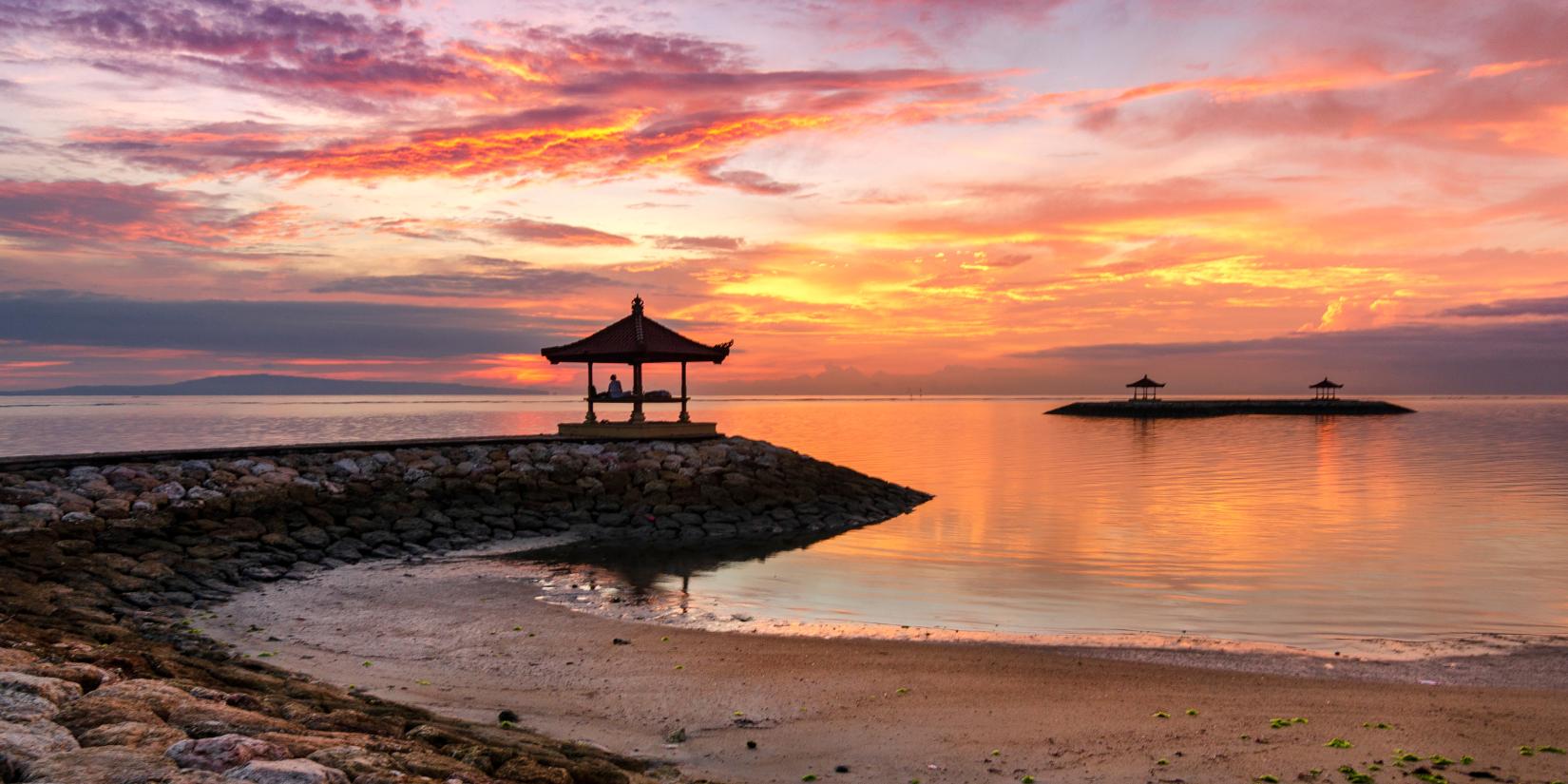
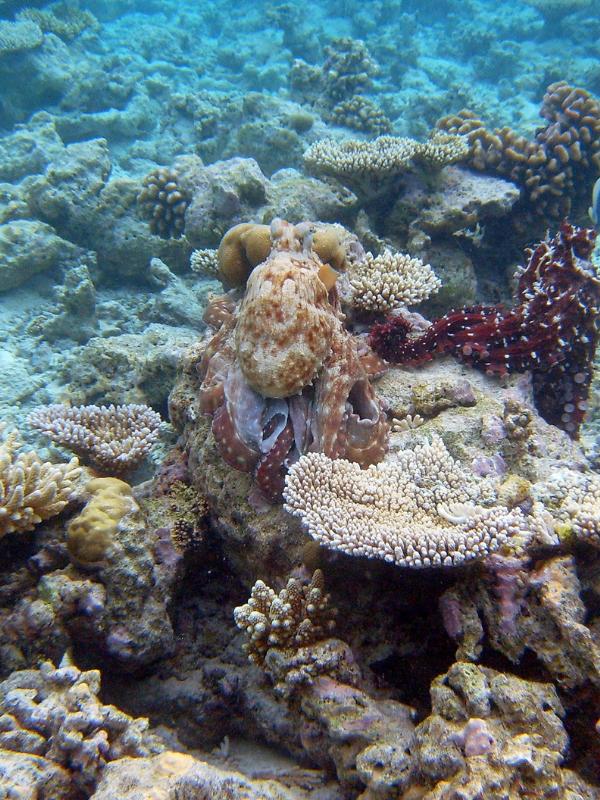
Dive Site
Dog Point in Sanur may seem bare at first glance, but it’s a haven for muck diving enthusiasts. Here, mimic octopuses mimic trash, blue-ringed octopuses flash their warning colors, and ghost pipefish blend into seaweed. With over 60% of the site transformed into coral nurseries, divers take part in hands-on eco-dives—tracking coral growth, removing invasive species, and planting new fragments, all while earning certifications and helping Bali’s reefs recover.
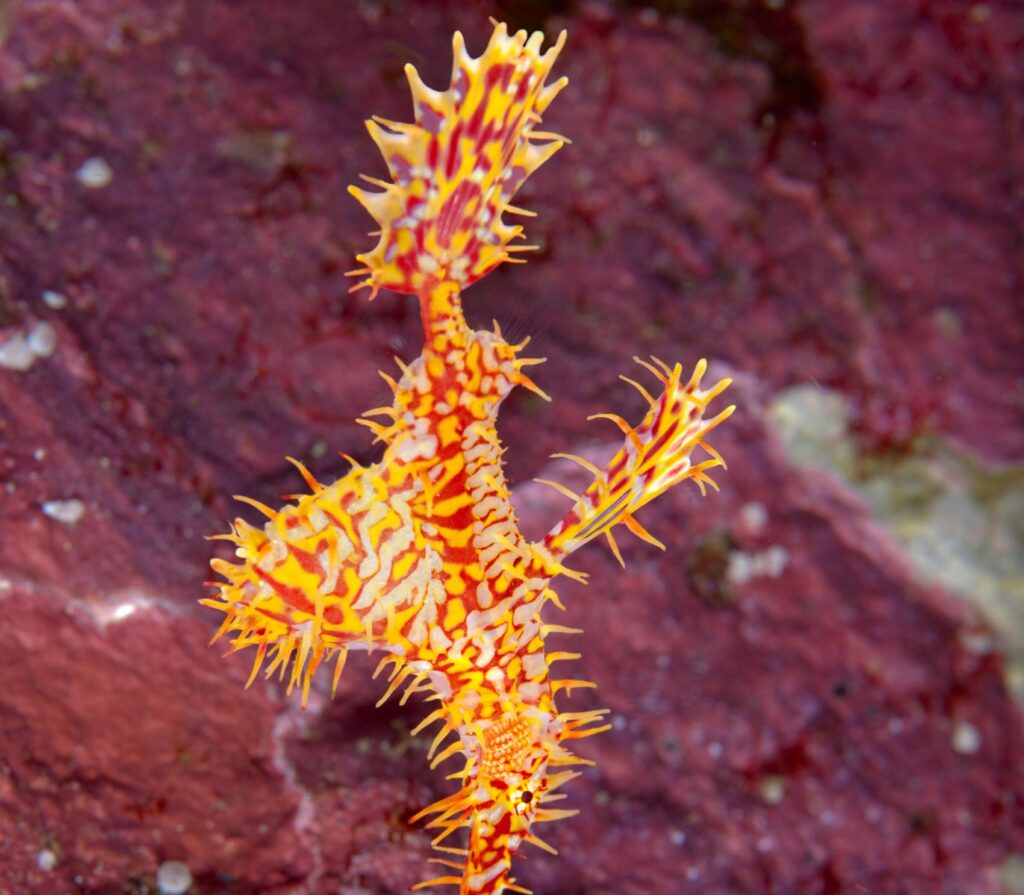
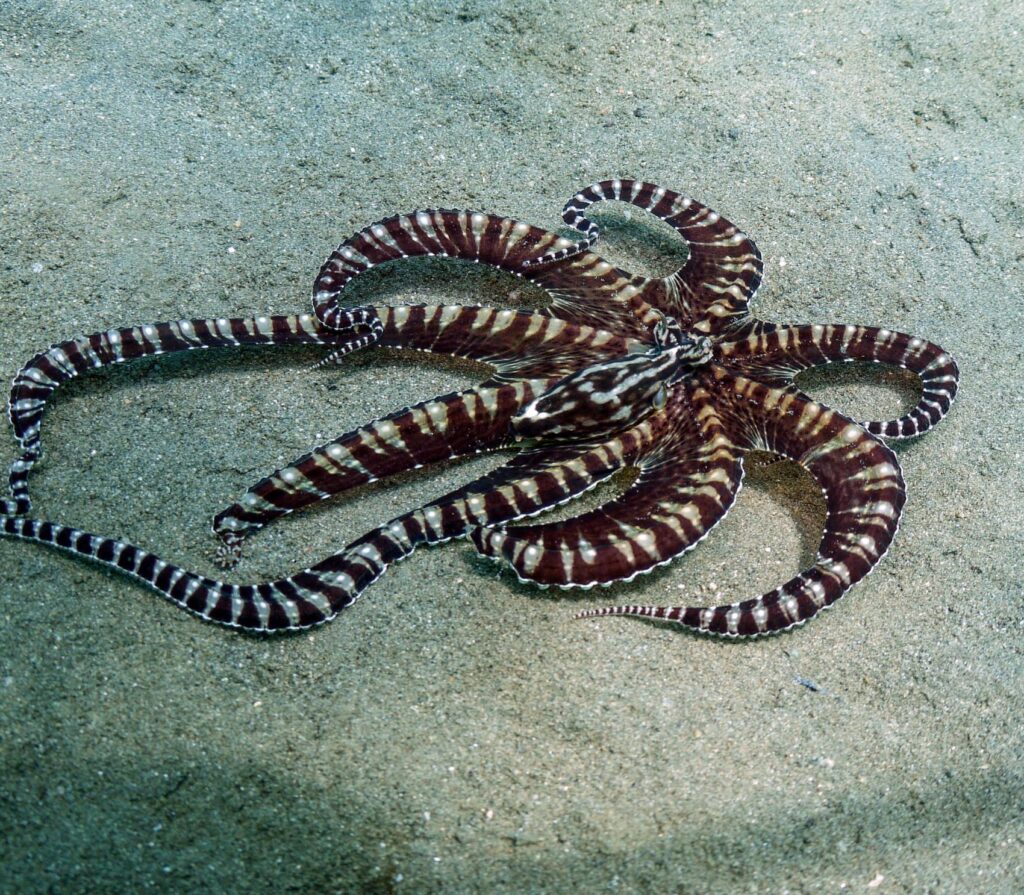
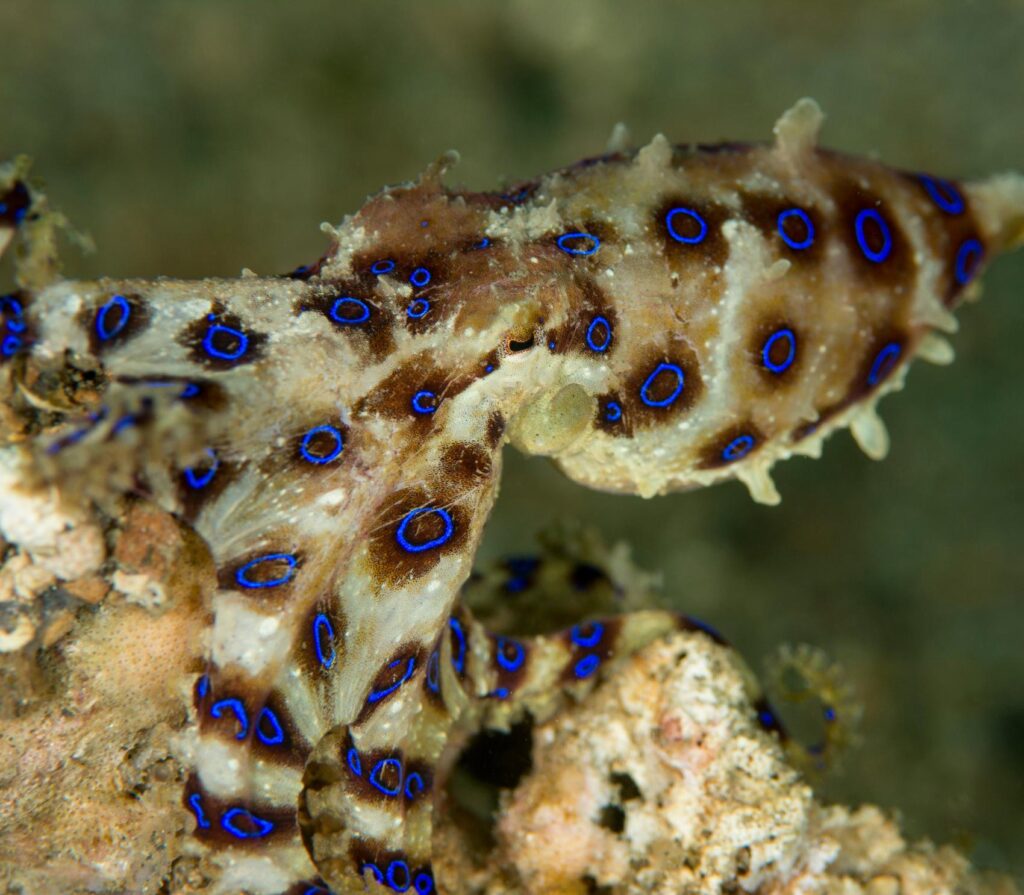
Luxury meets reef adventure, dive and unwind
Tanjung Benoa combines luxury with diving in Bali. Experience manta encounters at cleaning stations first, then venture to Biorock reefs, where coral growth is fueled by electricity. Expect to see octopuses, neon fish, and live reef pyramids. Finish it off with five-star amenities like hyperbaric chambers, saltwater therapy, and gear valets. Only 25 minutes from Sanur, it’s a comfortable base for exhilarating dives day or night.
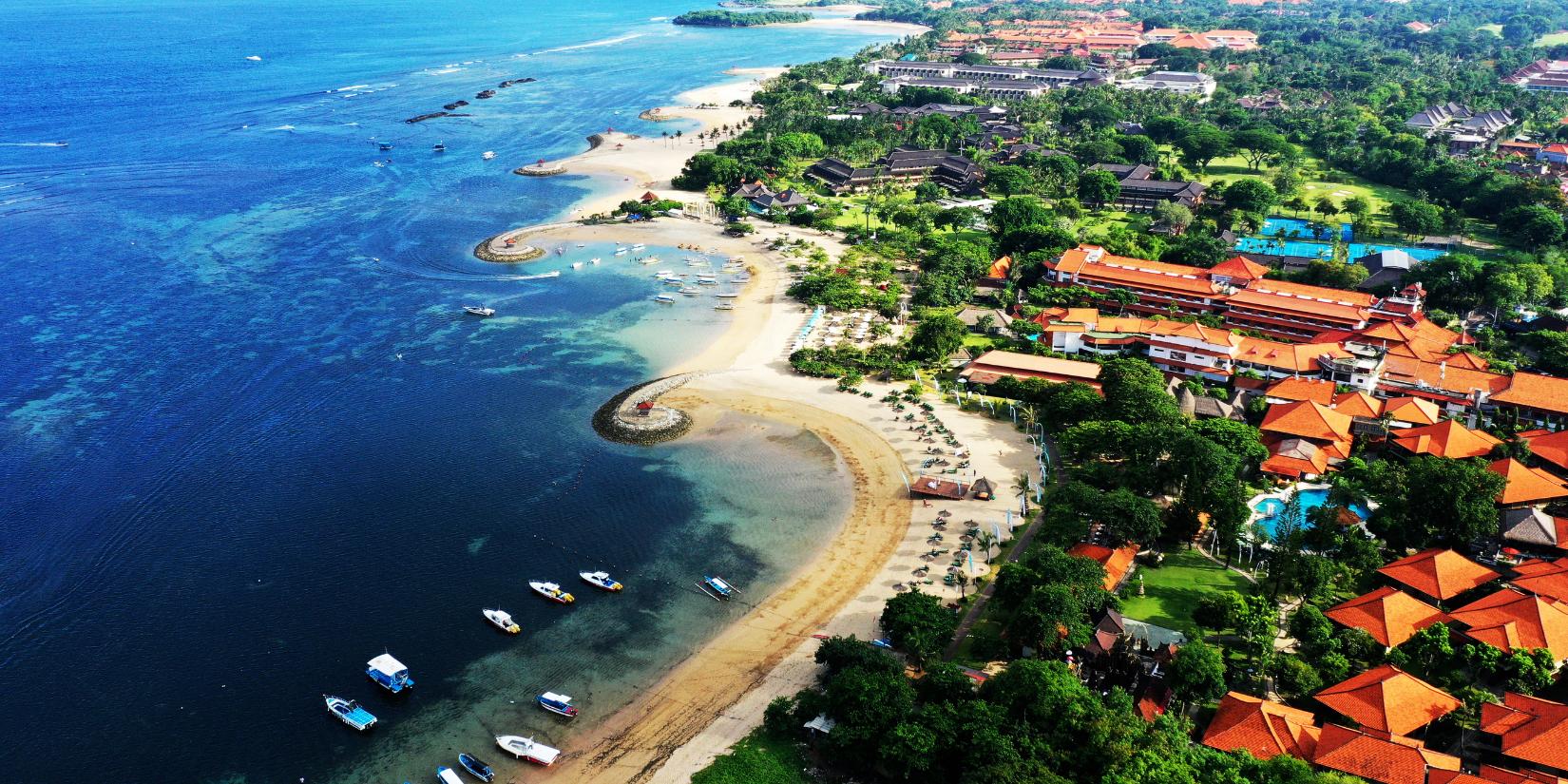
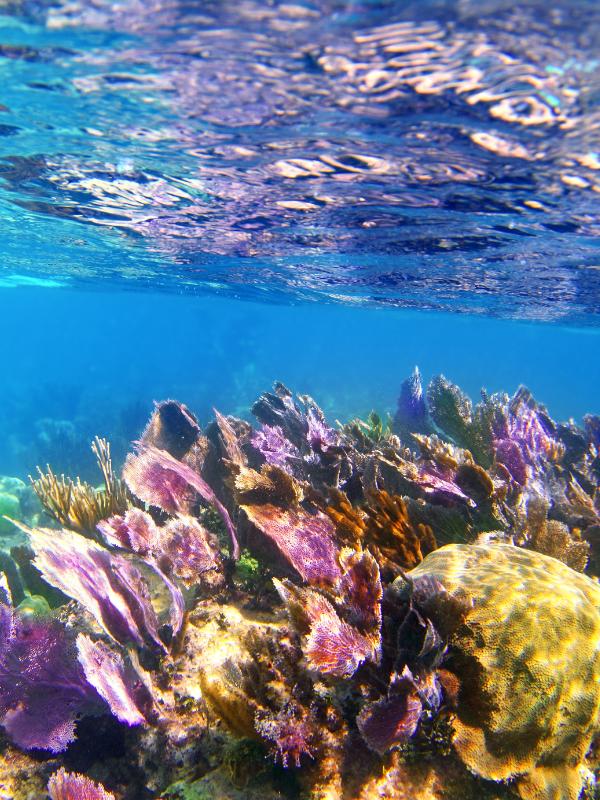
Where Engineering Meets Ecology
Your two-tank dive begins with a rare drift alongside 4-meter-wide oceanic mantas (July–September) at active cleaning stations where plankton-rich currents attract them in orderly queues. The second dive takes you to Biorock structures that accelerate coral growth by 400%, now home to neon damselfish, octopuses, and pyramid-shaped coral. Tanjung Benoa’s five resorts offer hyperbaric chambers, seawater pools, and valet gear services—plus year-round biodiversity and glowing night dives.
Types of dives:
- Reef
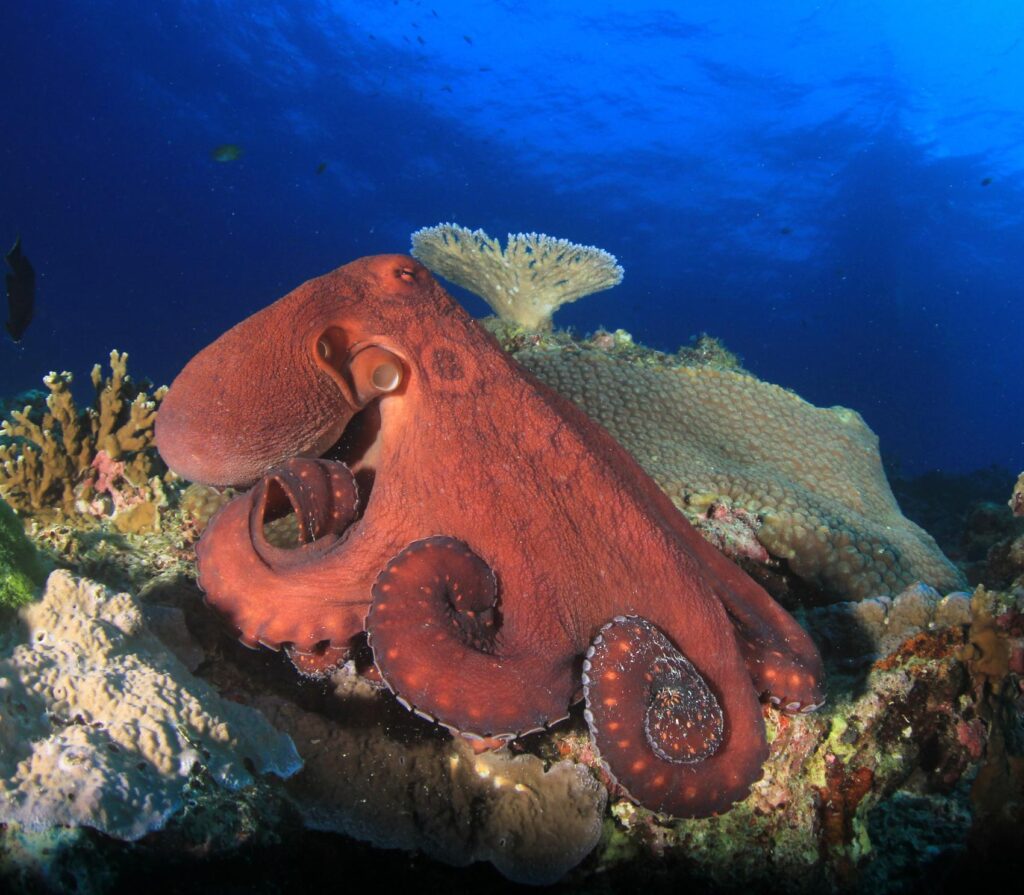
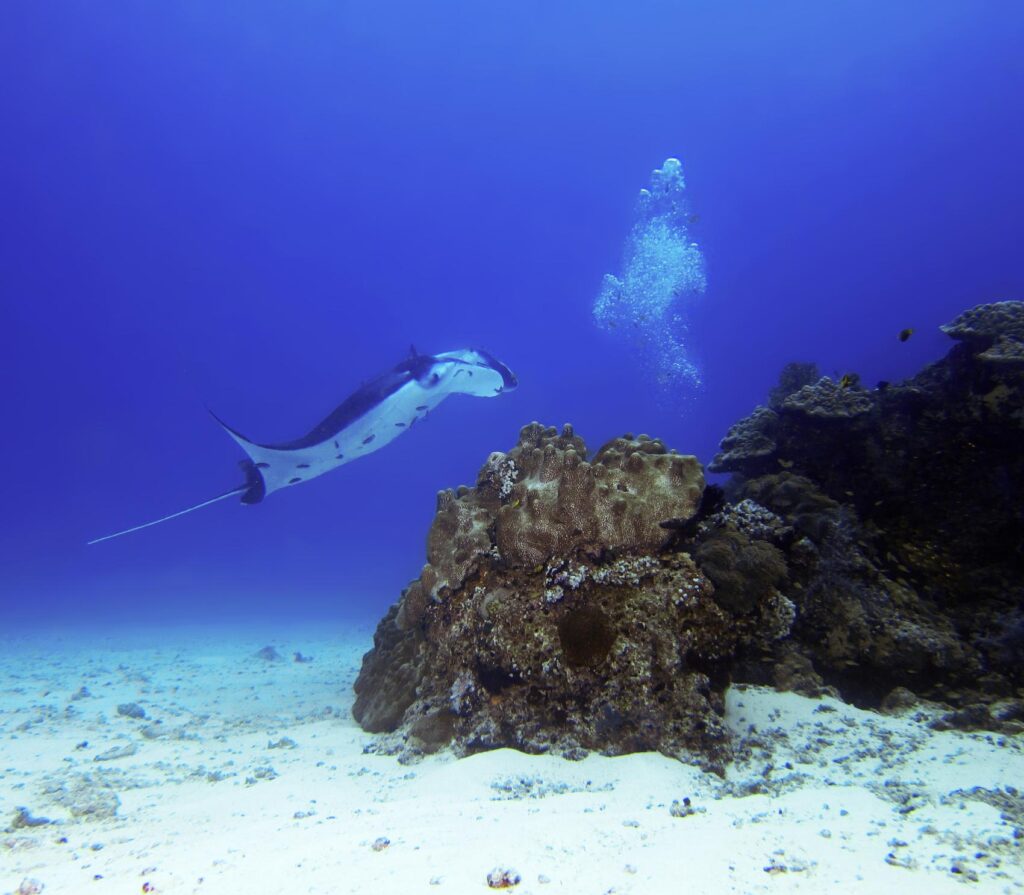

Wall dives with pygmy seahorses and coral tunnels
The best wall dives in Bali may be found on Menjangan Island, which has 30m visibility and minimal current, making it ideal for photography and buoyancy training. It is a diver’s paradise with its soft coral walls, orange cup coral tunnels (18m), and pygmy seahorses (12m). During blooms, look for manta rays or reef sharks. Despite having more permits, stay at one of Pemuteran’s eco-resorts and take advantage of the reduced crowds. Perfect for calm reef exploration and Advanced Open Water training.
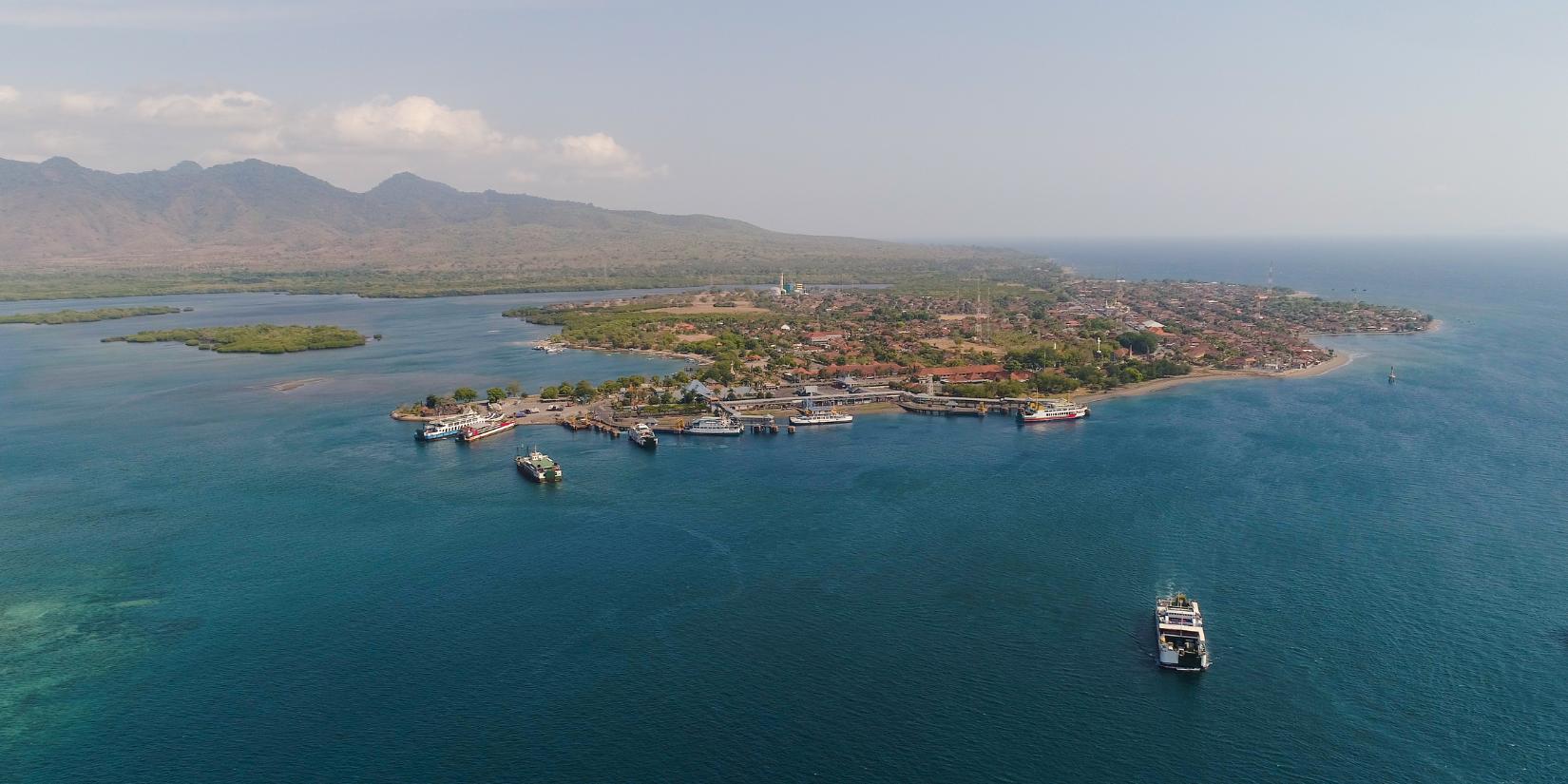
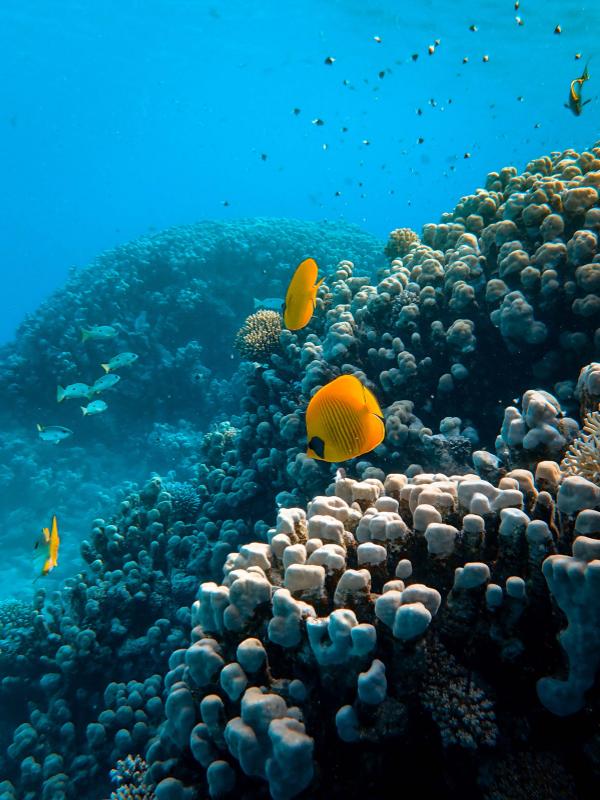
Dive Site
Secret Bay’s shallow, volcanic-sand bottom (3–10m) hides rare marine life like hairy frogfish, candy crabs, and transparent shrimp. From March to April, visibility peaks at 15m, perfect for macro photography. With dives costing just \$25–35 USD, it’s a budget-friendly Bali dive site. Book morning dives, choose guides familiar with critters, and check tides. Pair it with Menjangan Island for a complete muck and reef diving experience.
Types of dives:
- Reef
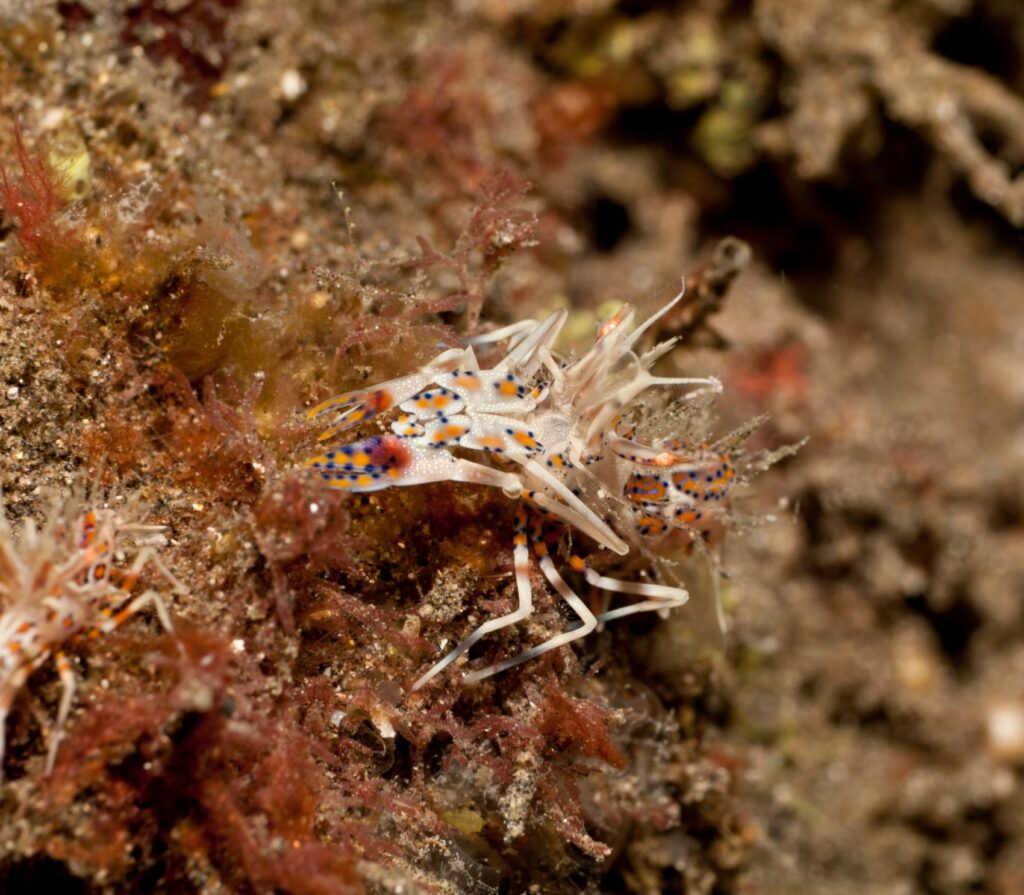
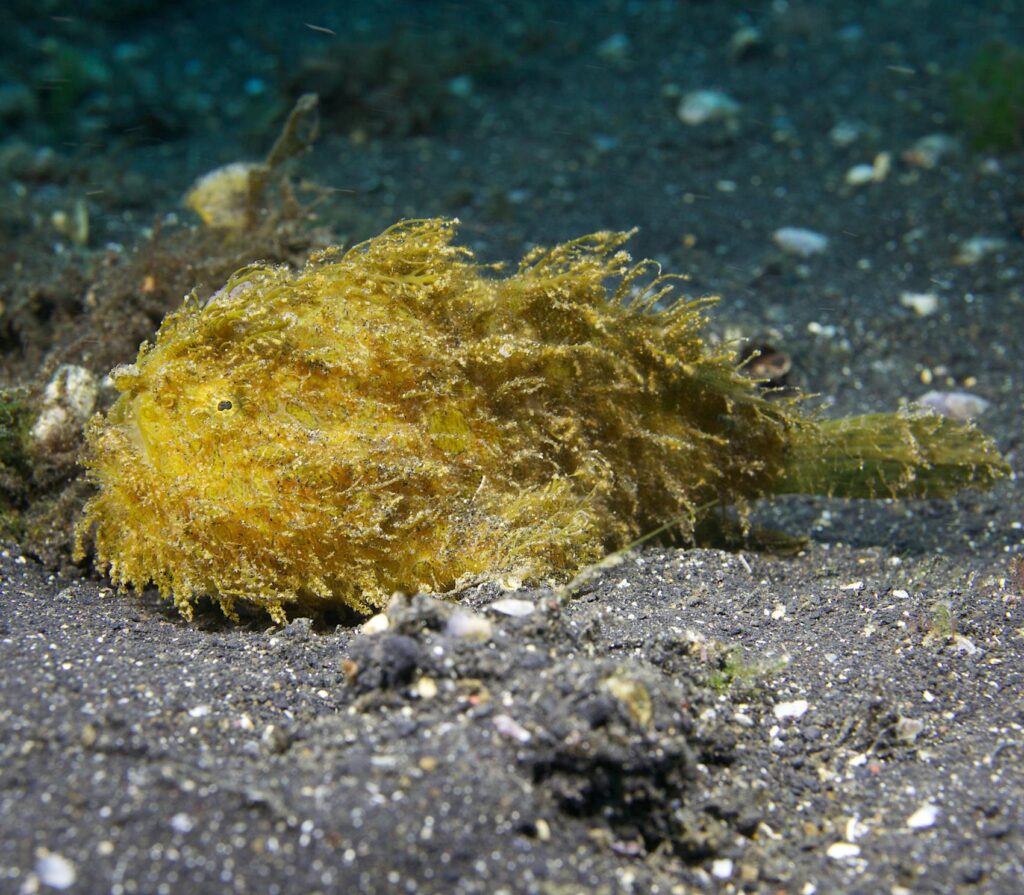
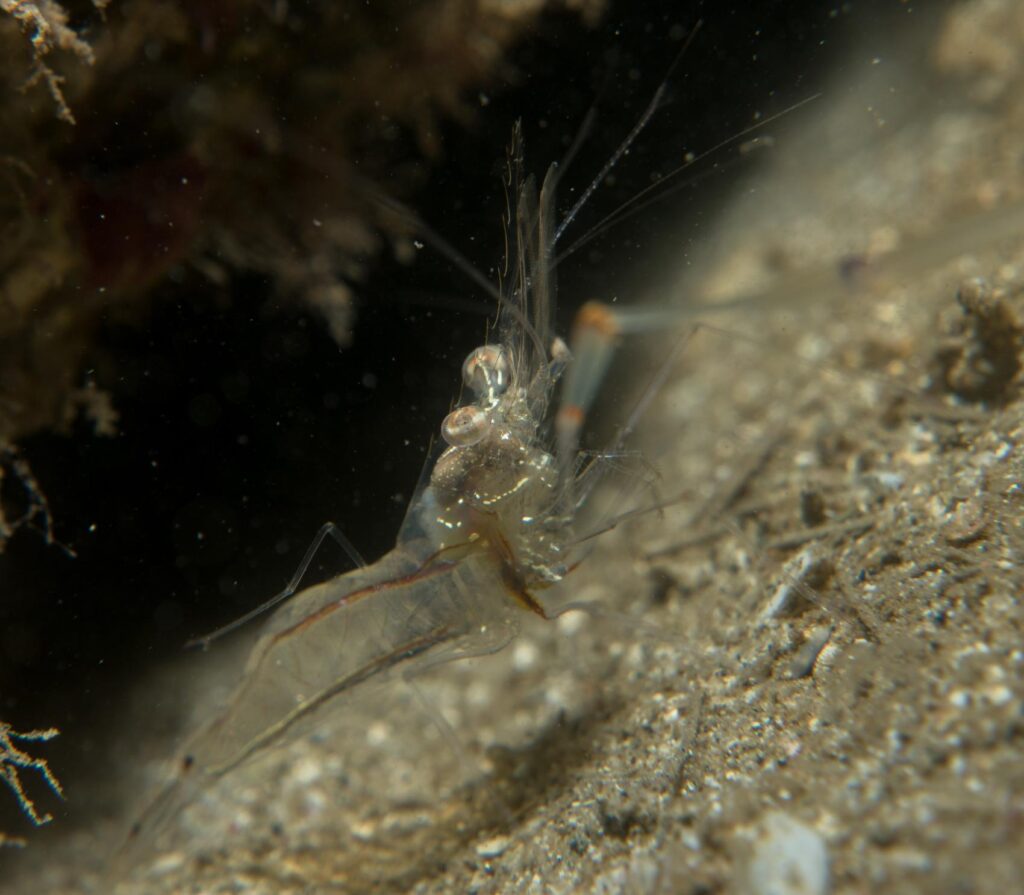
Wall Diving, Caverns & Calm Waters
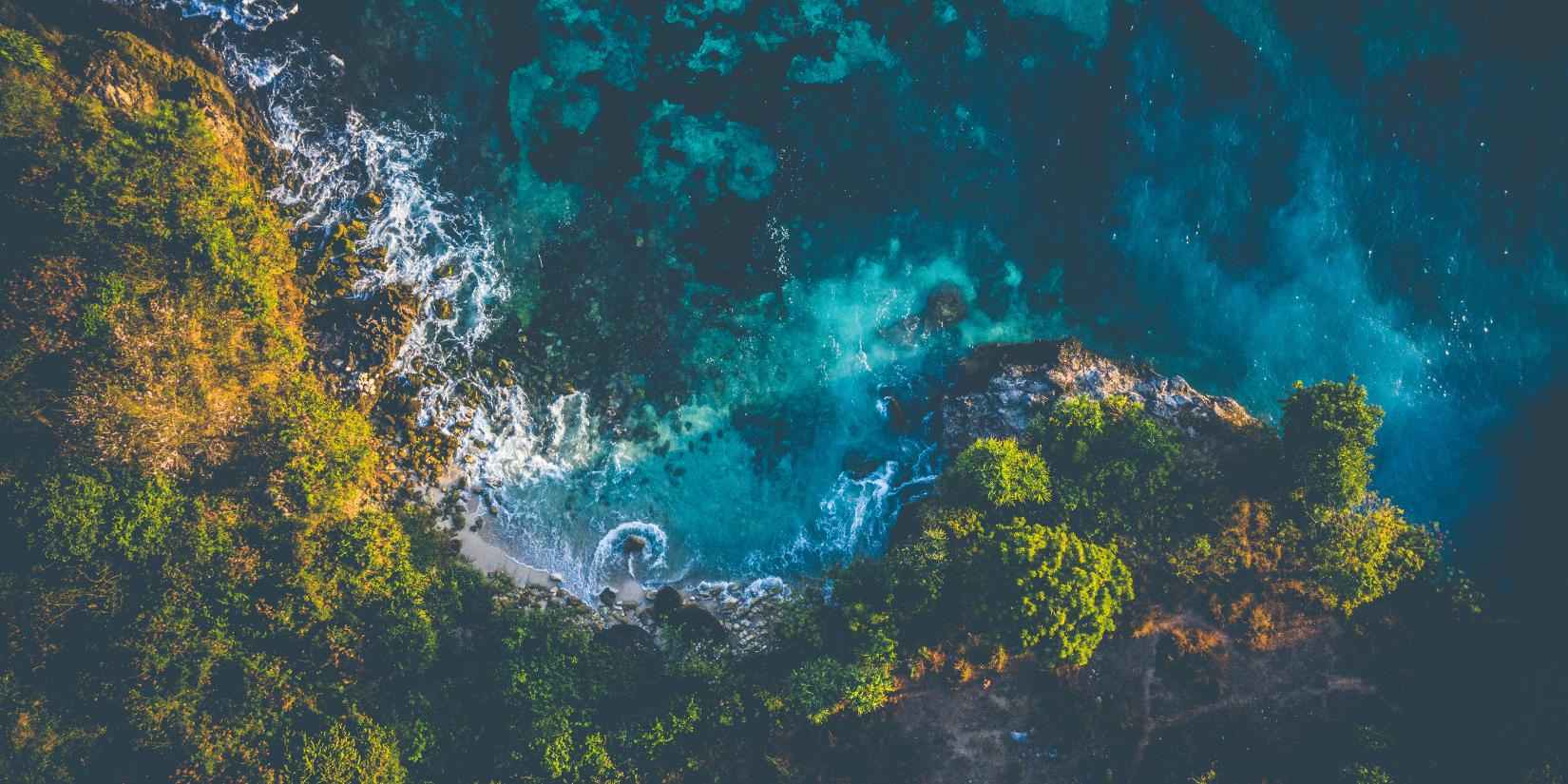
Dive Site
Menjangan’s coral walls hide orange cup coral caverns at 18m, ideal for buoyancy skills. Pygmy seahorses cling to sea fans at 12m, while reef mantas glide through during blooms. Calm conditions and 30m visibility make it a top course site. Eco-resorts in Pemuteran offer solar-powered dive centers. Though permits cost more, the uncrowded dives and vibrant marine life make it well worth it.
Types of dives:
- Reef

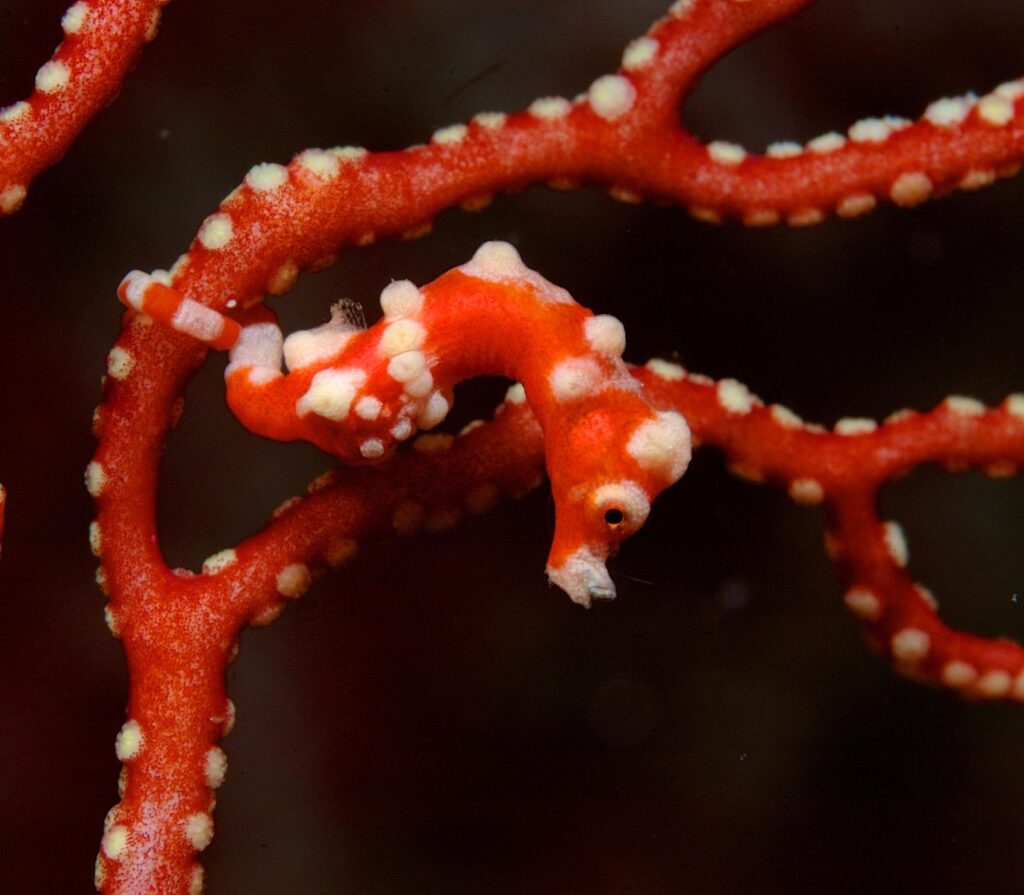
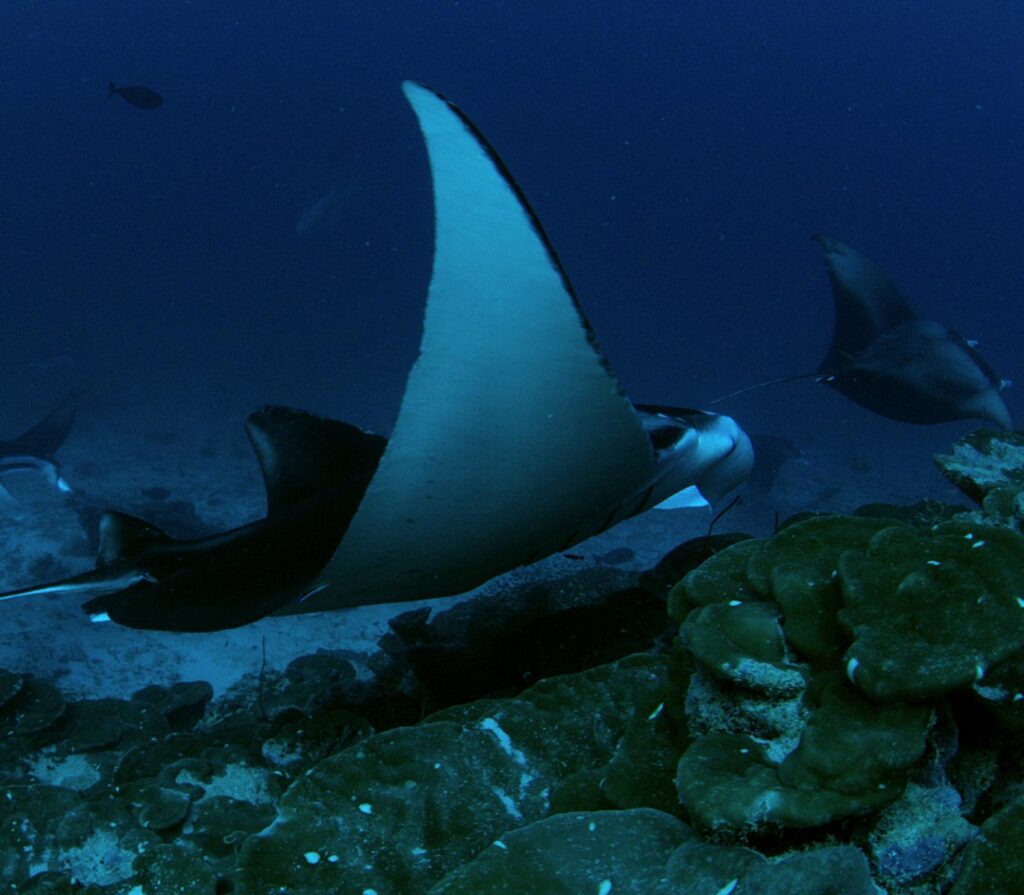
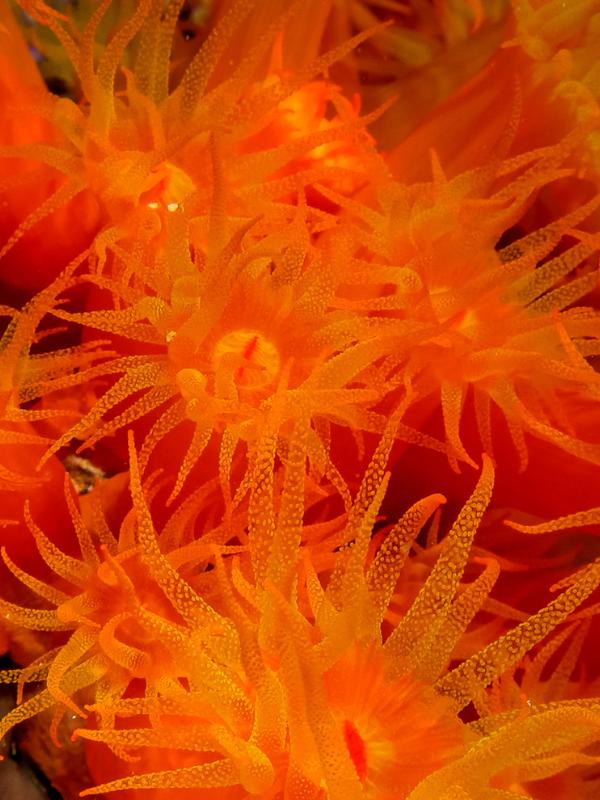
Bio reefs, temple walls, and top macro diving in a conservation zone
Pemuteran blends reef science with spiritual seascapes. Explore Temple Wall’s vertical coral gardens, Bio Wreck’s fish-filled wreck at 28m, and Bio Rock’s electric coral night dives. The Macro Jetty offers Bali’s top muck diving. Tech divers can explore deep reefs glowing under UV light. From whale sharks to pygmy squid, this northwest coast packs rare encounters into a compact, conservation-rich coastline.
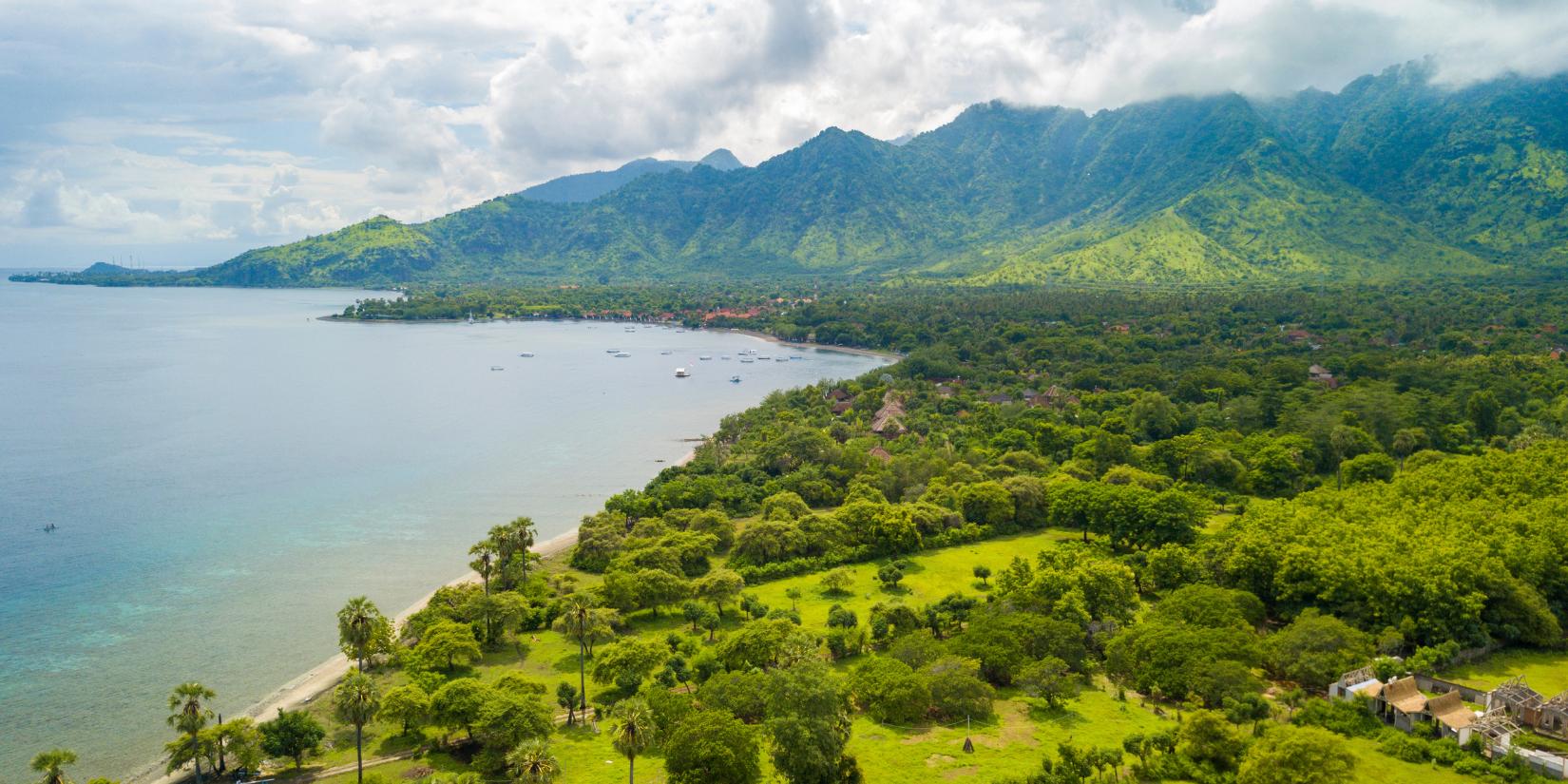
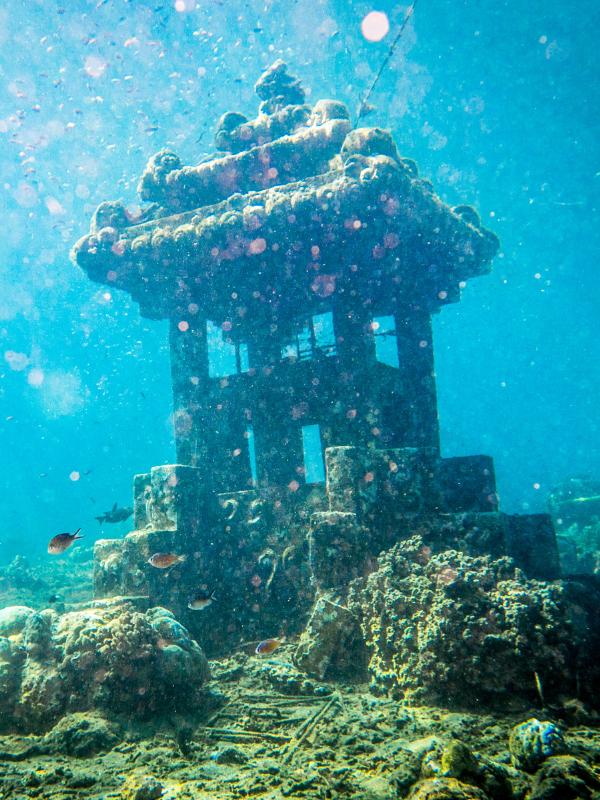
Dive Site
Start your journey with a 35-minute boat ride past coastal temples to the Temple Wall. This site drops from 5m to 40m, creating a vertical garden. Here, bigeye trevallies and chevron barracuda swim alongside, while pygmy seahorses hide in sea fans at 12-18m.
Types of dives:
- Reef
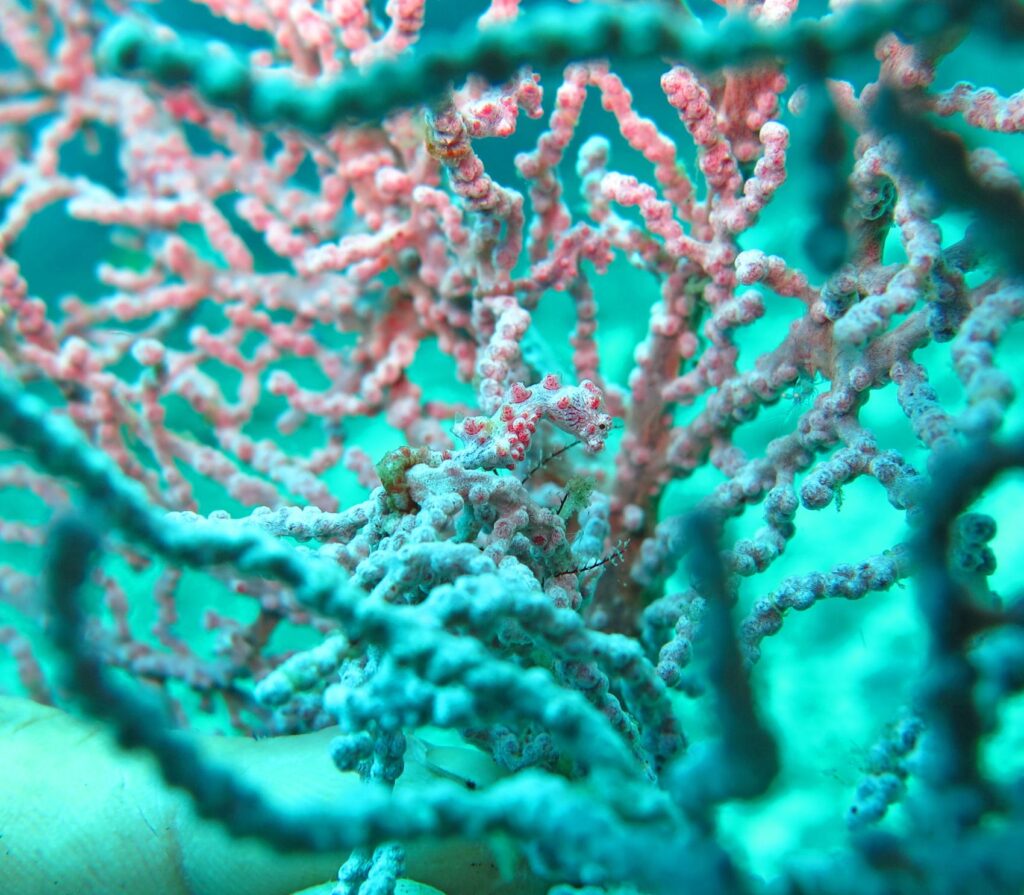
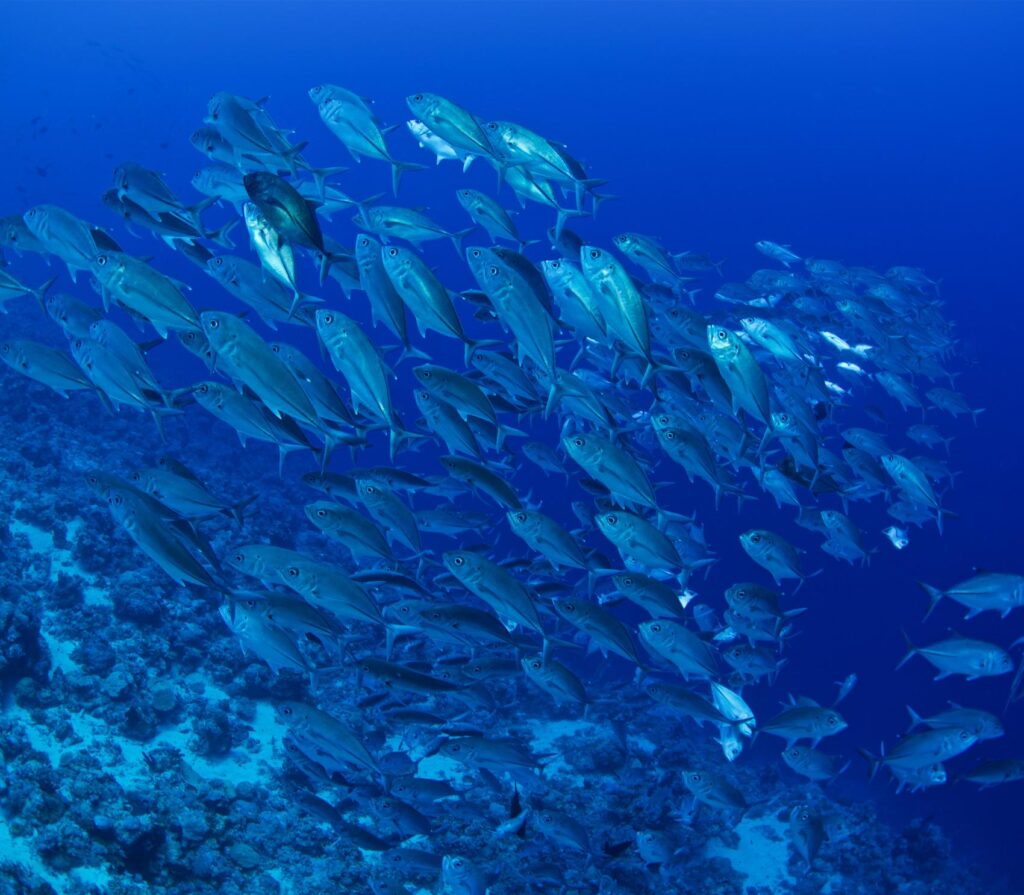
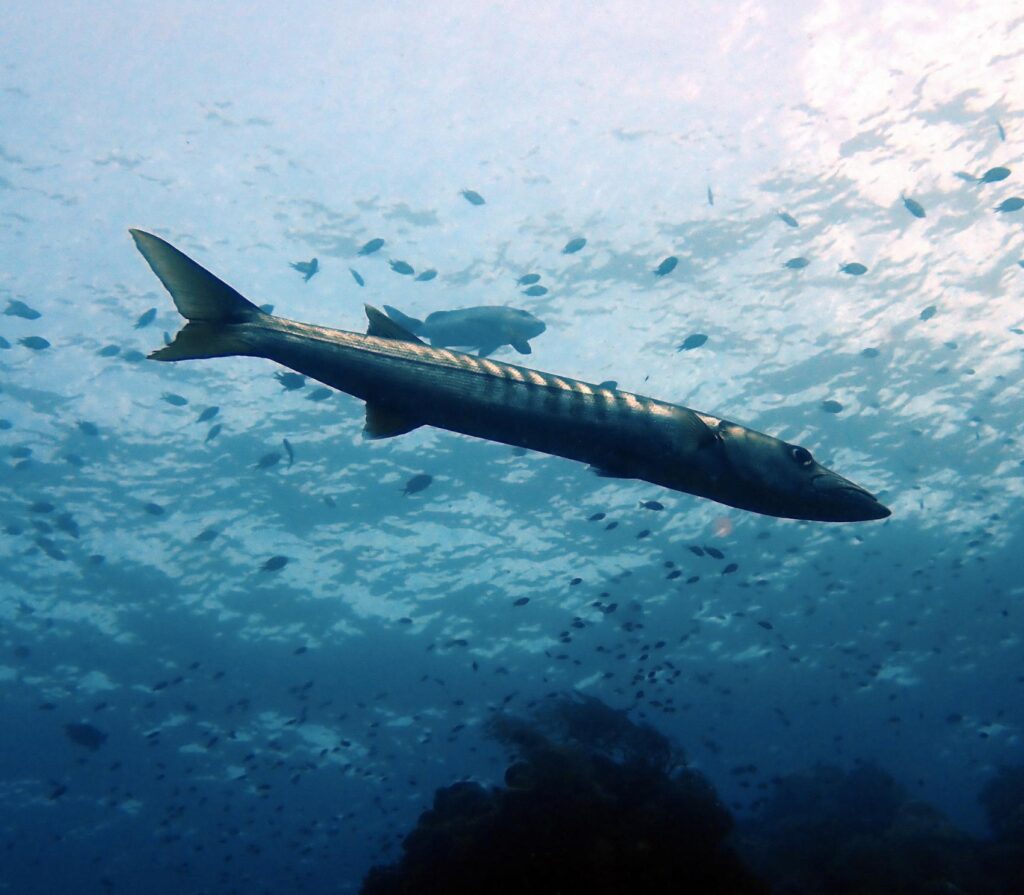
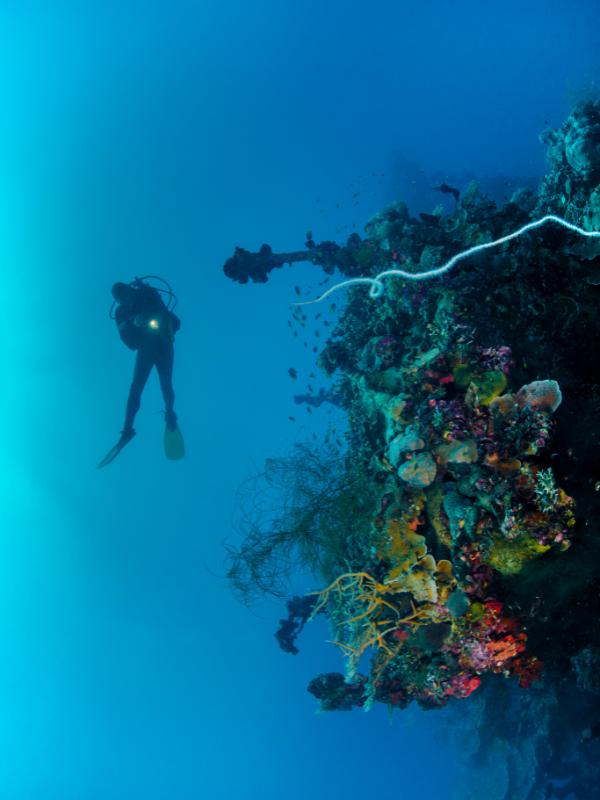
Dive Site
Discover Bali’s unique artificial reef, where ancient coral blends with modern wreck structures. During slack tides, currents stir up a “fish soup” filled with glassfish, ribbon eels, and yellow snapper. Advanced divers can explore the wreck interior at 28m, while beginners enjoy the shallows teeming with octopuses around the coral bommie, making it a vibrant, multi-level site for all skill levels.
Types of dives:
- Reef
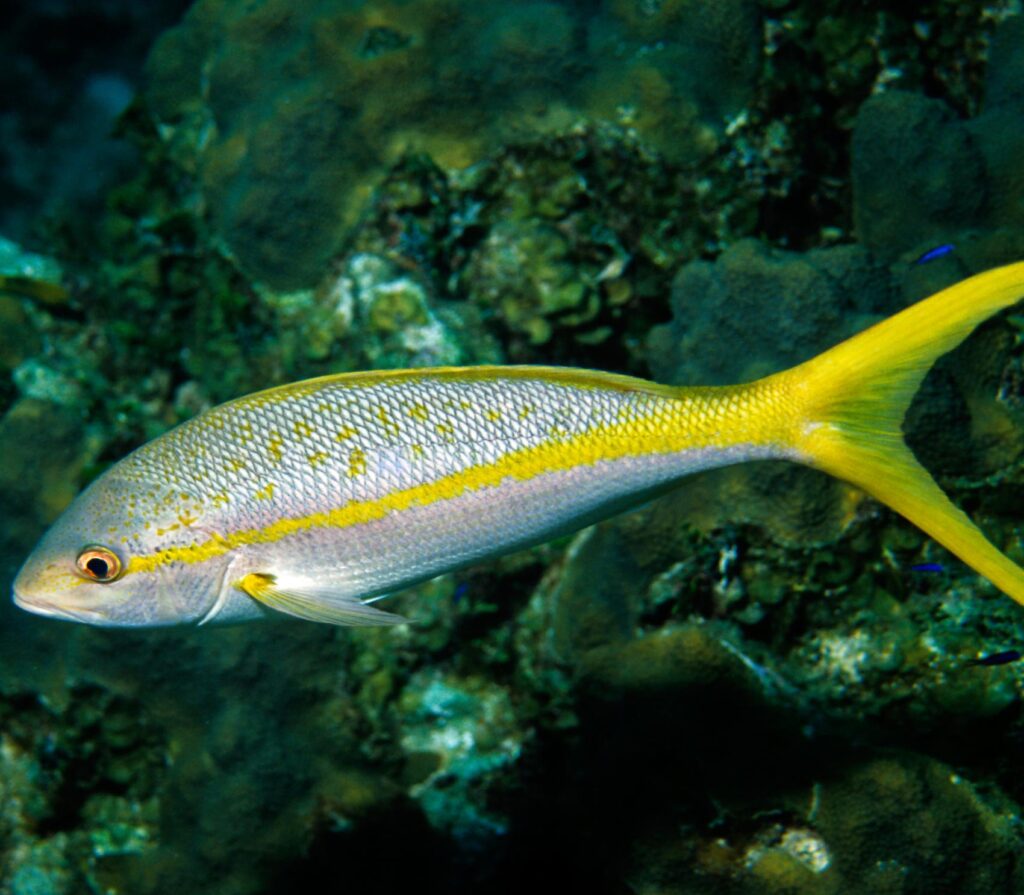
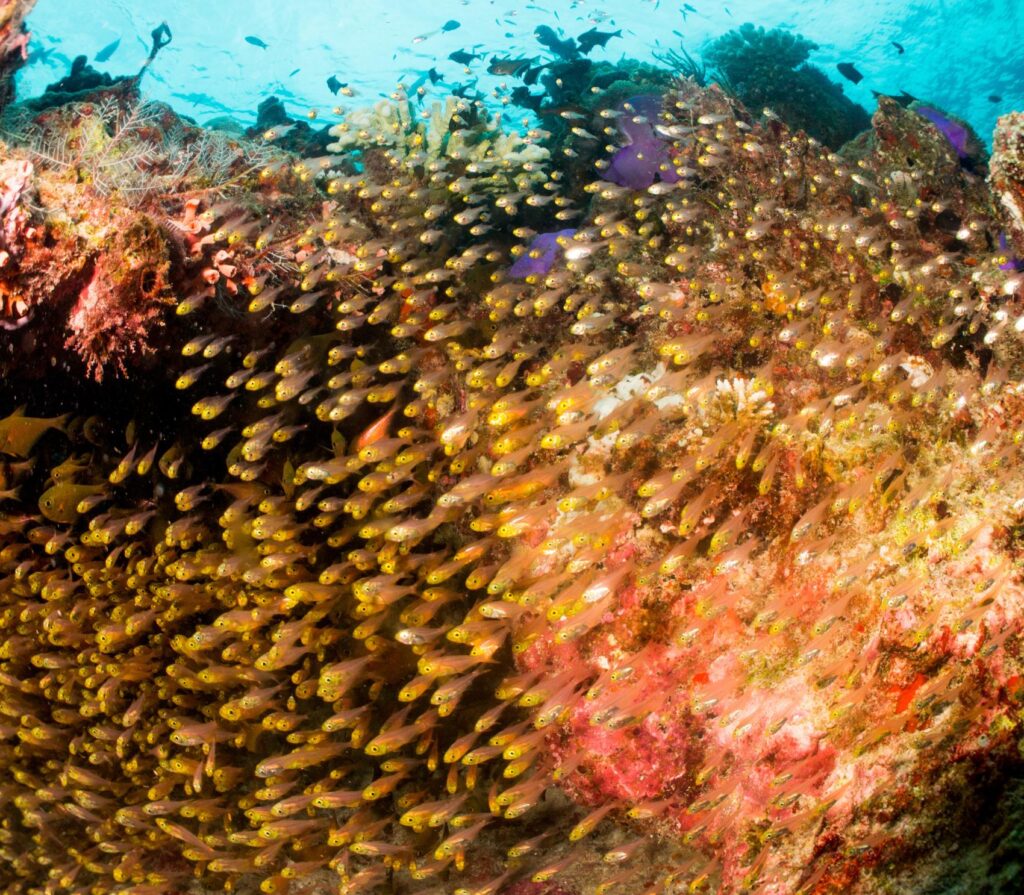
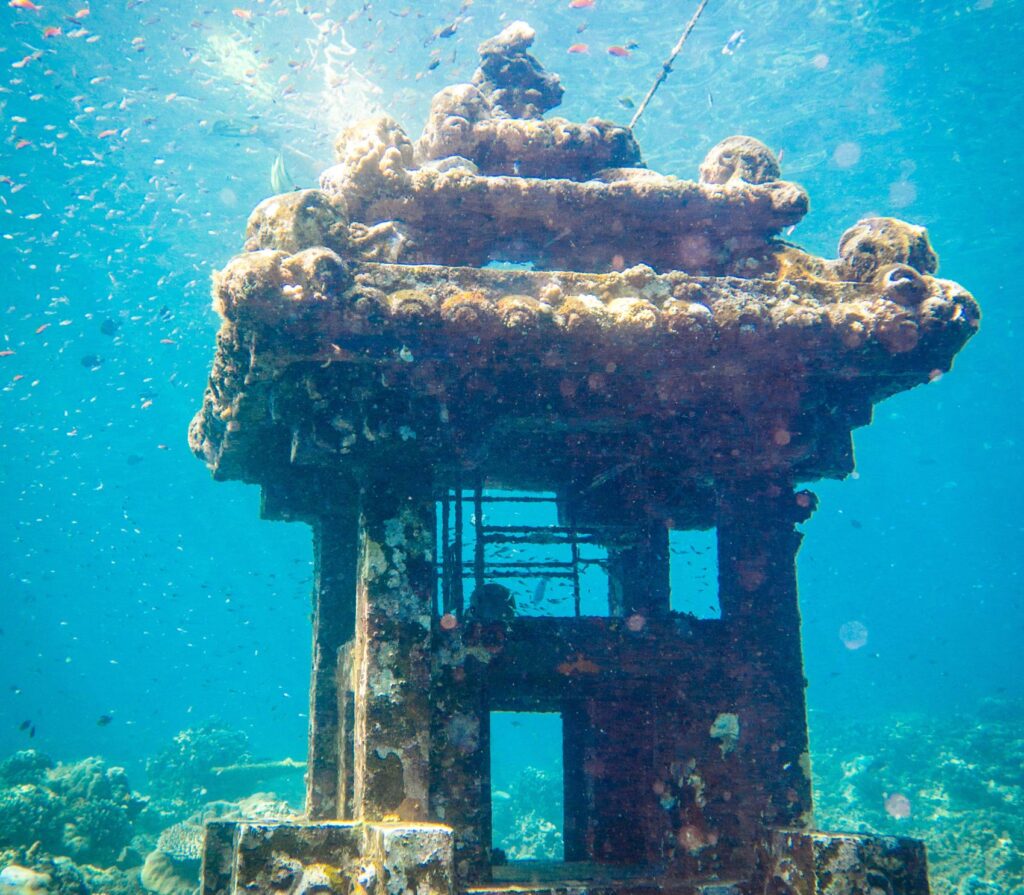
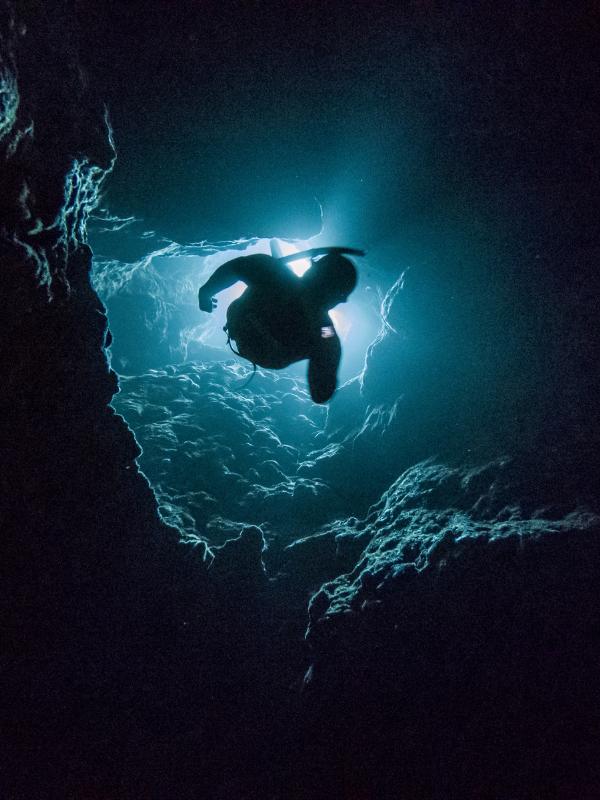
Dive Site
Jump into this easy shore-access reef restoration site, where corals grow on metal frameworks. At night, bioluminescent plankton leave glowing trails, Spanish dancer nudibranchs twirl in the dark, and rare blue-ringed octopuses may appear. With a shallow depth of 4–10 meters, it’s ideal for night dive training while offering unique marine life encounters under the stars.
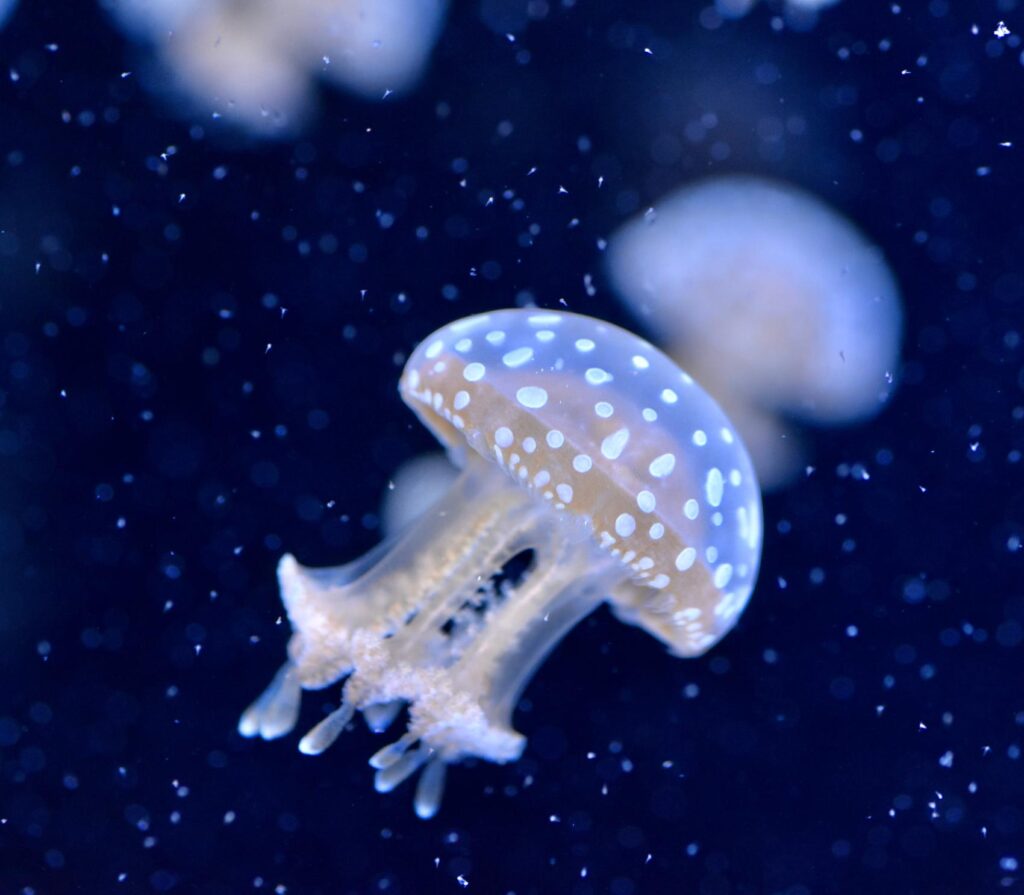

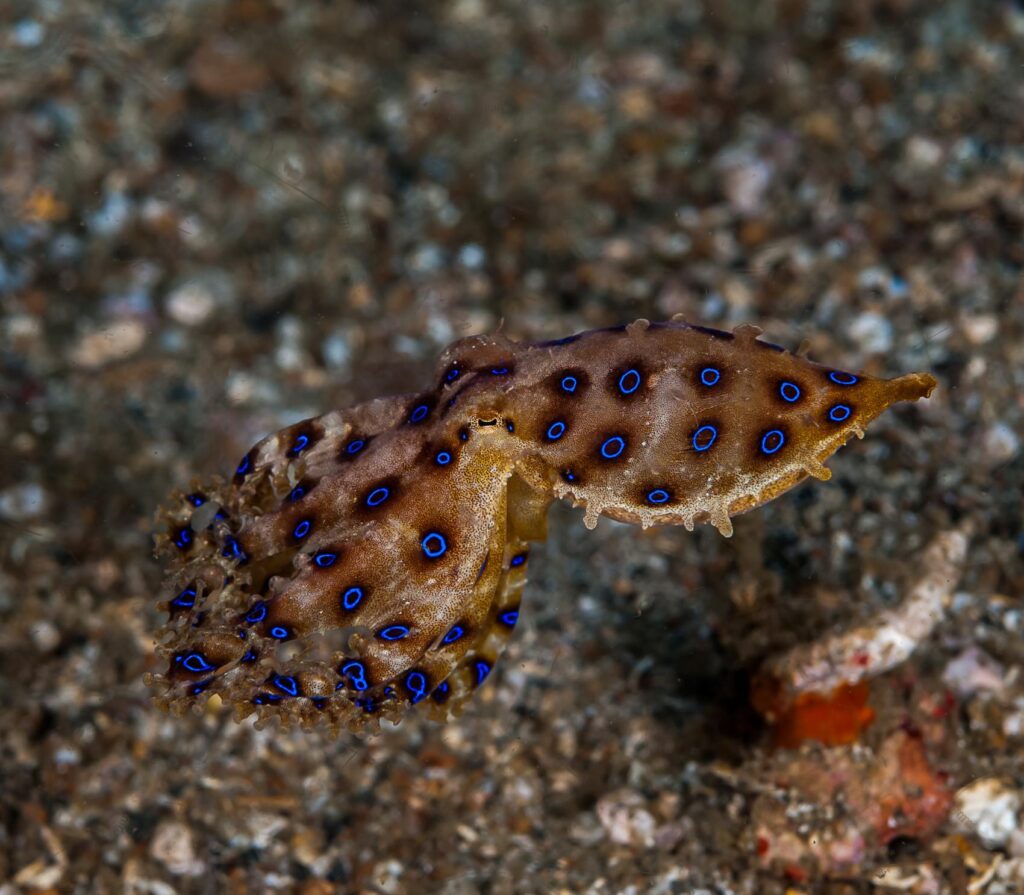
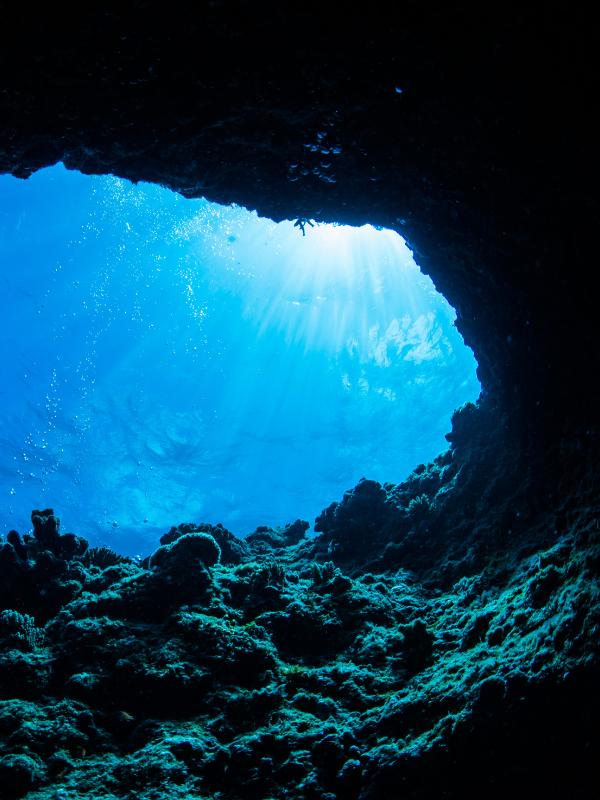
Dive Site
This calm bay features concrete pillars draped in soft corals at depths of 3–12 meters, making it one of Bali’s best sites for spotting hidden marine life like ornate ghost pipefish, pygmy squid colonies, and harlequin shrimp pairs. The jetty’s sheltered conditions allow for extended 90+ minute dives, ideal for macro photographers and beginner divers seeking long, relaxed underwater exploration.
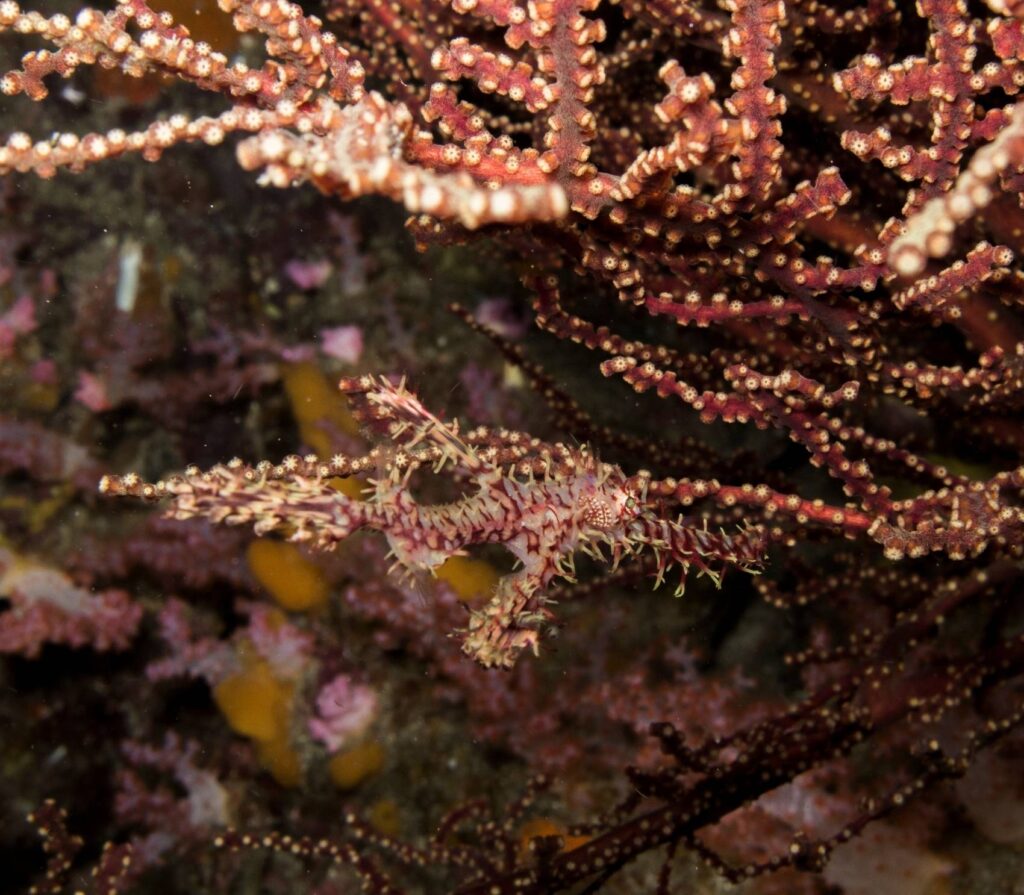


FAQ
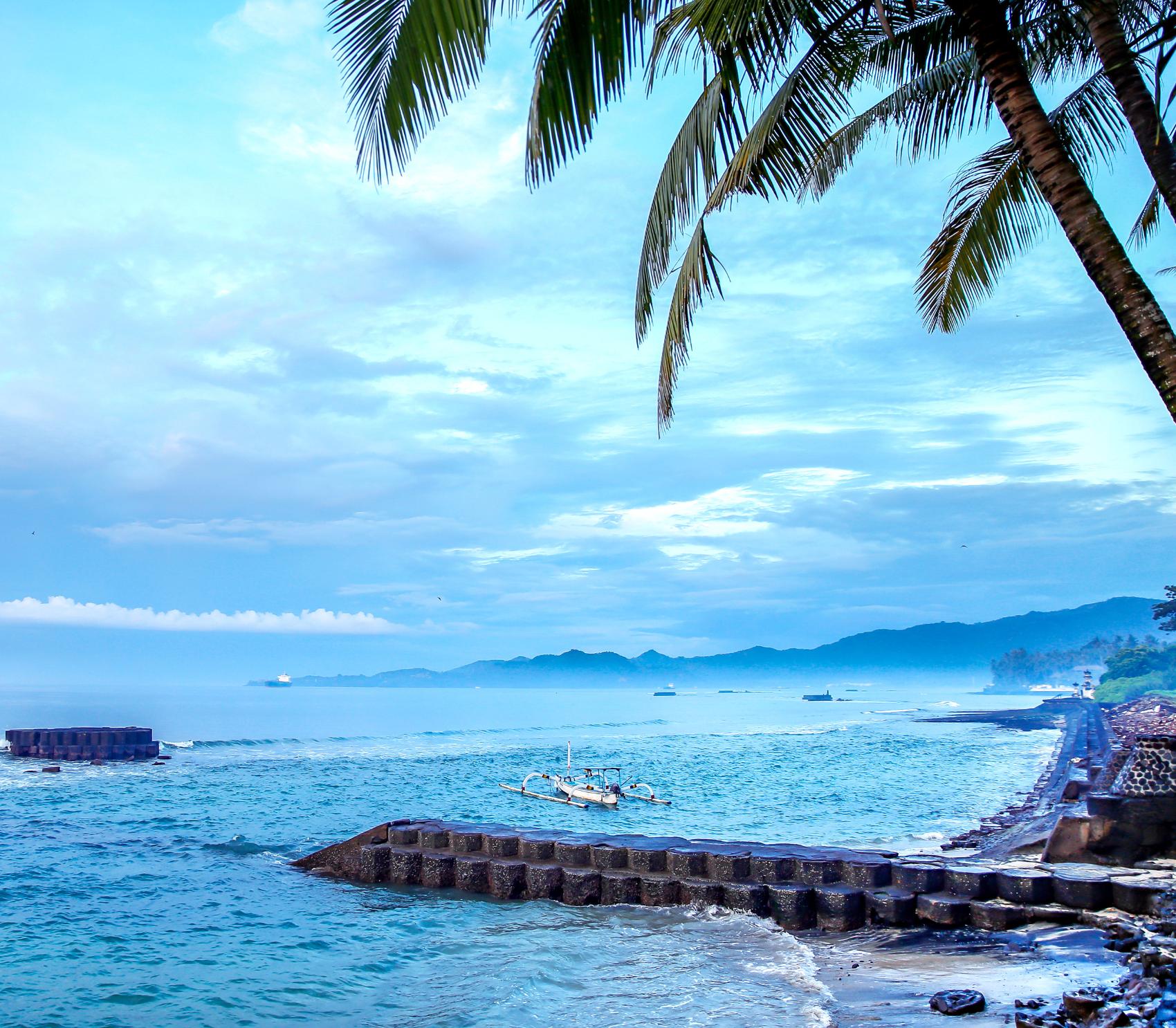
Why is Bali considered one of Asia's top diving destinations?
Bali combines unparalleled biodiversity with diverse underwater landscapes. You’ll find over 50 dive sites across 8 regions, hosting 1,000+ marine species in warm tropical waters (avg 27°C/81°F). From the iconic USAT Liberty wreck to manta ray cleaning stations, Bali offers unique environments for all skill levels within easy reach of Ngurah Rai International Airport.
What marine life can I expect to see while diving in Bali?
Divers frequently encounter Bali’s “Big 5”, manta rays, oceanic sunfish (Mola mola), bumphead parrotfish, pygmy seahorses, and ghost pipefish. Volcanic slopes create microhabitats supporting 120+ nudibranch species. Sites like Secret Bay reveal rare macro life, while Nusa Penida’s currents attract pelagic species like hammerheads.
Are there dive sites suitable for beginners in Bali?
Absolutely. Sites like Menjangan Island’s Eel Garden (5-50m depth, calm conditions) feature psychedelic coral walls perfect for new divers. Tulamben’s Liberty Wreck (5-30m) offers mild currents and incredible accessibility. We recommend PADI certification courses ($200 average) through Bali Dive Cove or other 5-star centers for skill development.
When is the best time for manta ray and Mola mola encounters?
Manta Point guarantees ray sightings year-round (8-12m depth). For oceanic sunfish, target Crystal Bay July-October, when cold upwellings bring Molas to 15-40m depths. Be prepared for unpredictable downcurrents, advanced buoyancy control is essential.
How does Bali's diving compare to Komodo National Park?
Bali offers comparable biodiversity at 30% lower costs. While Komodo has larger fish schools, Bali’s seven distinct environments, including blackwater dives and dawn wreck explorations,provide more variety. Our 10-day safari itineraries let you experience both destinations via short flights.
What safety measures are needed for challenging sites like Gili Biaha?
Gili Biaha’s “washing machine” currents (May-November peak) require Advanced Open Water certification and reef hook experience. We maintain 1:4 guide ratios here, with strict protocols for drift diving. Adjacent sites like Mimpang offer safer alternatives for spotting frogfish and rare nudibranchs.
Can I combine technical diving with regular sites in one trip?
Absolutely. Gili Tepekong’s Cathedral (34m lava tube) demands technical training but rewards divers with mobula rays. Most operators offer combined trips with shallower sites like Blue Lagoon. Thermal protection varies, pack a 3mm wetsuit for Secret Bay’s 16°C thermoclines and a 5mm for deep dives.
What makes Bali ideal for underwater photographers?
From macro heaven Secret Bay (3-10m) with its mimic octopuses to Seraya Secrets’ night dives featuring flamboyant cuttlefish, Bali delivers endless opportunities. The Liberty Wreck’s coral-encrusted structure creates stunning wide-angle backdrops, while Amed’s black sand slopes reveal rare pygmy seahorses.
How do I plan a diving trip that includes Bali's cultural highlights?
Most divers allocate 4 beachfront days for sites like Tulamben and Nusa Penida, then 3 days exploring Ubud’s temples. Ngurah Rai’s central location enables easy transfers, we recommend staying in Padang Bai for east coast sites or Pemuteran for Menjangan Island access. Ask about our culture/dive combo packages.
Mocean Beach Resort and Dive Center
Bali is one of the best places to dive in the world since its seas are home to more than 500 different types of coral and innumerable marine life. Do you want more? With Mocean Beach Resort, travel to West Sumbawa. Explore unexplored reefs with unobstructed visibility. For all skill levels, our PADI-certified staff and local guides provide safe, amazing experiences. Explore unadulterated, uncrowded diving outside of Bali.
